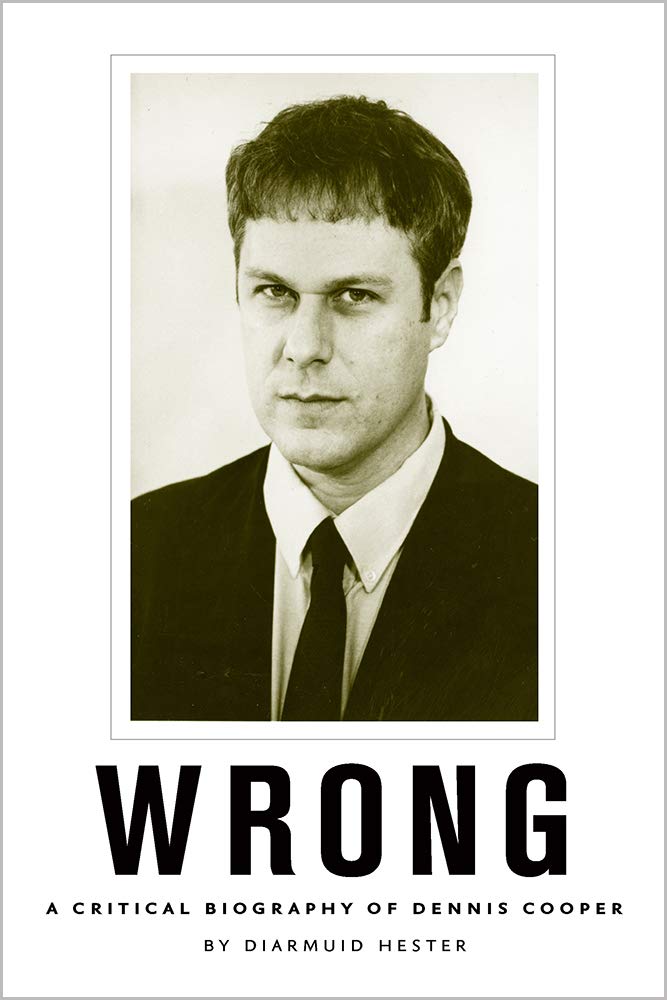
‘In 1962, when he was 18, the American filmmaker Peter Hutton enlisted in the merchant marines. He spent the next 15 years—during which he’d later say he was “hit with a heavy case of wanderlust”—intermittently coming home and shipping back out, and the 20 silent, nonnarrative movies he made between 1970 and 2013 all seem to come from a state of transience, of exploratory travel, of dropping in and passing through. Some are explicitly travelogues. Images of Asian Music (A Diary from Life 1973-1974) consists of footage Hutton took on his Bolex during a stop in Thailand and Indonesia. Budapest Portrait (Memories of a City) (1984-6) and Łódź Symphony are his radiant, gloomy portraits of two Eastern European cities; Skagafjörður (2004) his breathtaking color view of North Iceland.
‘Others are the visions of the Catskills and the Hudson River Valley—Landscape (for Manon) (1987), In Titan’s Goblet (1991), Study of a River (1996-7), and Time and Tide (2000)—for which Hutton is best known, and which, taken together, maybe offer the best introduction to his sensibility as a filmmaker. Even when he was filming an American city in or near which he’d lived, as in his early movies set in the Bay Area, his two films shot in Massachusetts or his four about New York, Hutton handled his camera like a curious outsider, lingering on the flow of water or the movement of clouds, taking in people in brief, penetrating but oddly distant portraits, not staying in any one place too long. (Of the above-mentioned films, only Time and Tide, Skagafjörður, and In Marin County—Hutton’s brief and relatively minor first movie—were shot in color rather than soft-textured, slightly underexposed black-and-white.)
‘One might expect Hutton’s films to have a kind of restless and roving energy, or to fret over the same sorts of doubts about wanderlust that Elizabeth Bishop—one of Hutton’s fellow inveterate travelers—put with wry self-aware humor. (“What childishness is it that while there’s a breath of life / in our bodies, we are determined to rush / to see the sun the other way around?”) They might be expected to overlap, in the tone of their attitude towards travel and adventure, with Claire Denis’s film The Intruder (2004), in which an aging man with a shady military history goes in search of a black-market heart transplant. He ends up in the South Pacific, approaching a mountainous shore over which a deep, violet night is falling—a vision of someone cast adrift at the end of the earth.
‘Hutton’s movies are all visions of specific places, and they suggest what a distinctive way he had of filming landscapes and cities. His impulse was to capture locations piecemeal, accumulating fragmentary impressions that—depending on the place in question—ranged from grand panoramas to details like the curls in a plume of smoke or the light a streetlamp sends through fog. In his interviews and public statements, Hutton tended to play up the casual, unsystematic aspects of his way of working. “I don’t have the feeling that you’re fighting the technology at all,” the filmmaker and critic Robert Gardner remarked in 1977 during Hutton’s televised appearance on his Boston-based interview show Screening Room. “This may be a conscious step on your part—to subdue the technology by minimizing it . . . making it as minimal a commitment as possible.” Hutton’s reply is a model of poised confidence and evasive understatement:
I immediately just tried to get into the habit of having my camera with me so I could be fairly spontaneous with it. Every filmmaker knows that it’s hard to be spontaneous with a movie, because you’re dealing with a lot of equipment, you’re dealing with a budget, you’re dealing with logistics. It’s just hard to pick it up and to do things. But this was something I thought was so much more exciting. It was a different approach to filmmaking. You shoot spontaneously and you accumulate footage and you go back over a period of time and say “this is what I’ve done.” And maybe you want to narrow that down to some more heightened impressions of what you’re seeing. But essentially what I’m doing with a camera is just accumulating images.
‘Looking at Hutton’s films, you might be fooled into giving these coy remarks more trust than they deserve. By the time he made such movies as the beautifully titled New York Near Sleep for Saskia (1972) and the first of his three New York Portrait films (1978), Hutton had started punctuating his films with brief stretches of total darkness to isolate and outline the individual shots. Each image started to seem—as the critic Michael Sicinski wrote in an insightful recent essay on Hutton for Cinema Scope—like a “monad of meaning,” strung together in “an open, almost anti-associative mode.” It could seem as if Hutton was inviting each of his viewers to compile their own mental anthologies of his best shots, mixing and matching images from different films and shuffling them around. In this kind of mental catalogue, Saskia’s images of glowing curtains, luminous walls, and bits of dust suspended in beams of light could be interspersed with, say, the close-up of a statue’s four-fingered hand midway through Łódź Symphony, the eerily calm images of figures moving through a towering bamboo grove in Images of Asian Music, the billows of smoke that coalesce into beguiling abstract patters in Boston Fire (1979), the images of glittering water that likewise verge on abstraction in Study of a River, or the gliding shot of ice sheets fracturing and collapsing near the start of Time and Tide.
‘See enough of Hutton’s films and you do find yourself chopping them up shot-by-shot like this, as if Hutton’s genius was really for “just accumulating images” or compiling stray “notes” and observations on the places he saw. But if Hutton’s editing gives the sense of being “almost anti-associative,” in Sicinski’s words, it’s also motivated by an awareness that different places and forms of travel require different ways of arranging or associating images, different patterns of rhythm, and different emotional tones. Each of Hutton’s films has its own atmosphere and its own associative method. What we get, watching these movies together, is a kind of catalogue of what Hutton thought freedom looked like under varied conditions and at different stages of a person’s life.’ — Max Nelson, Film Comment
____
Stills
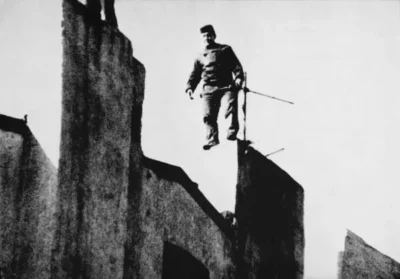
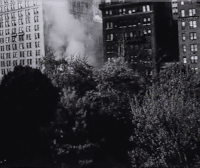
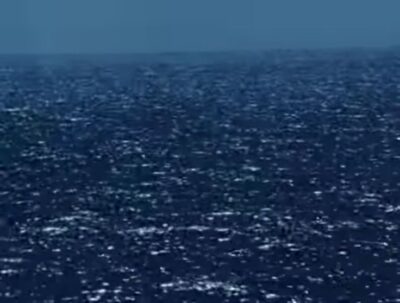
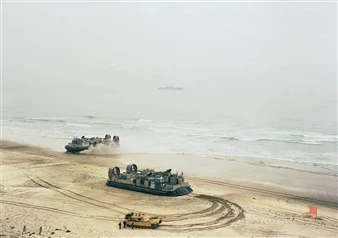
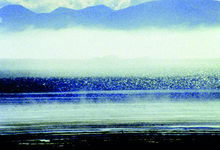
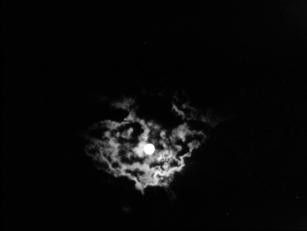

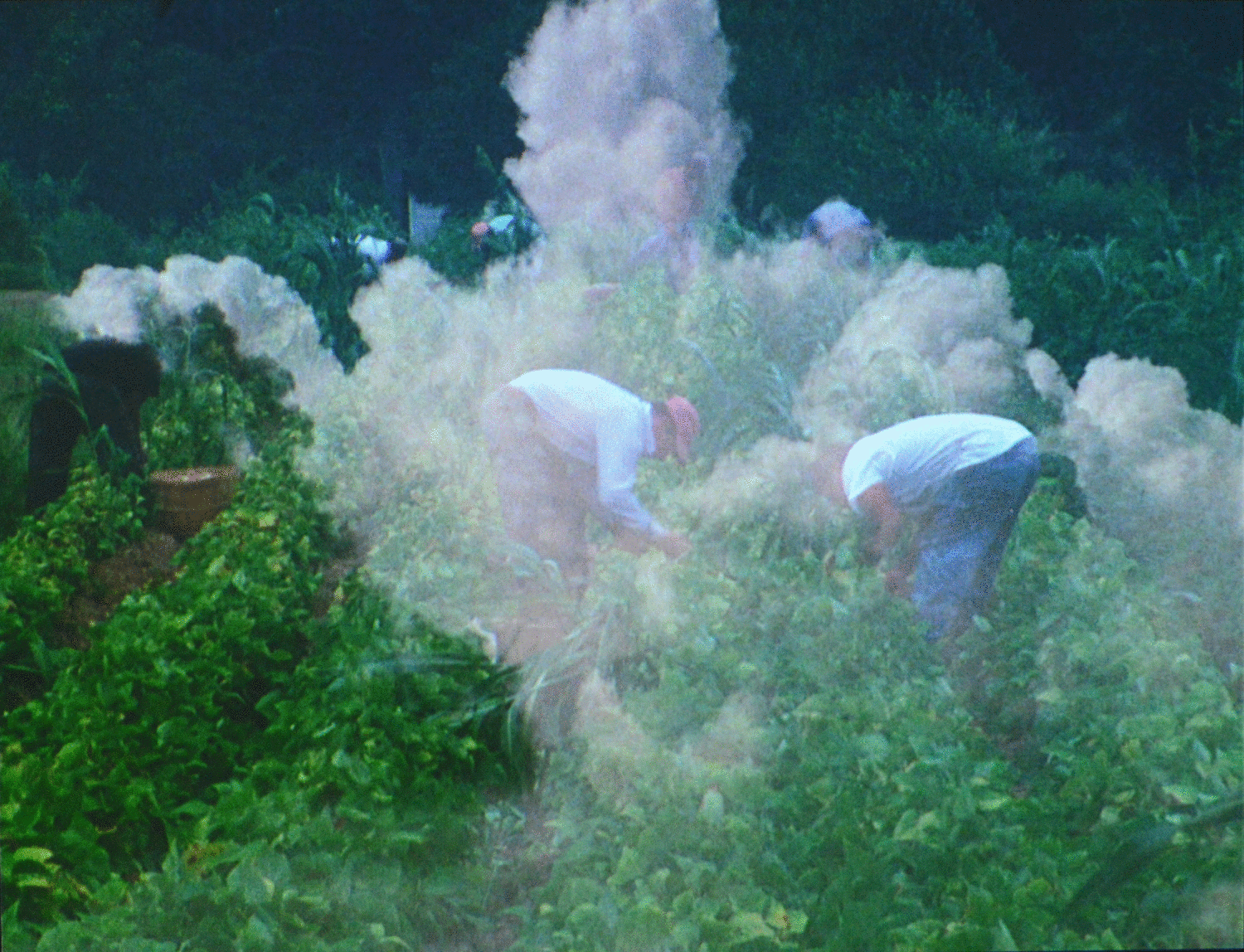
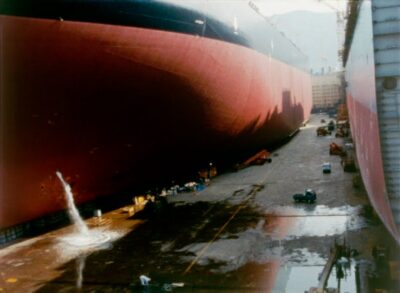
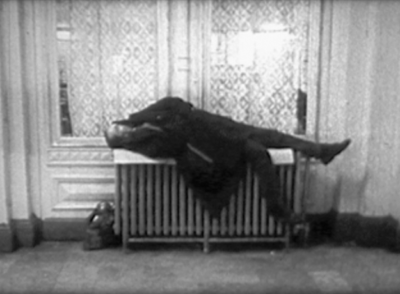
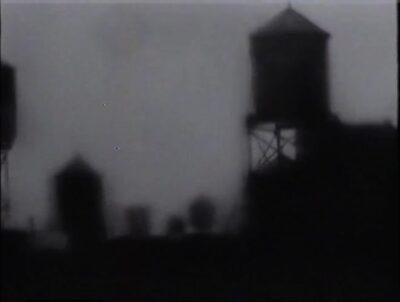
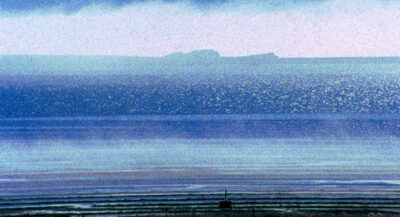
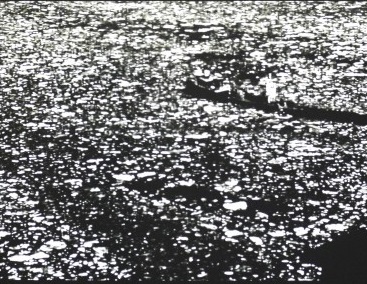
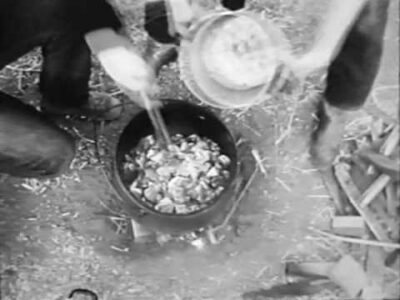
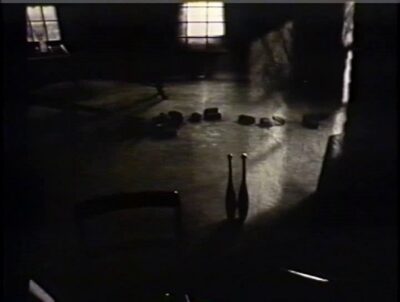
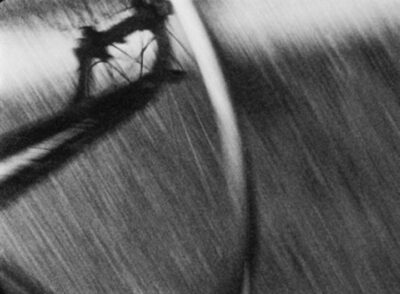
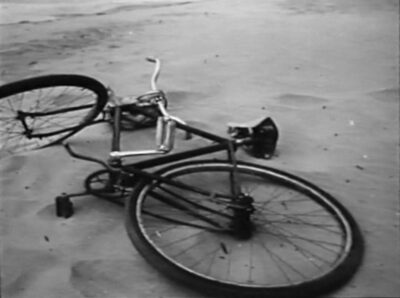
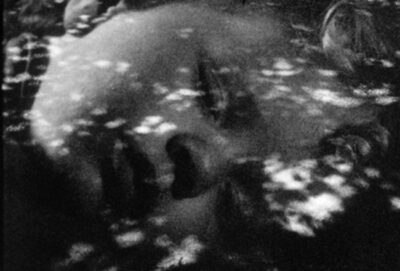
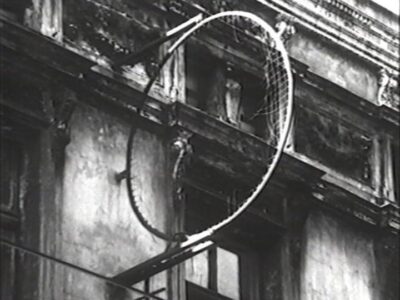
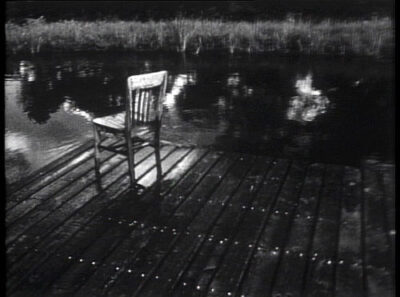
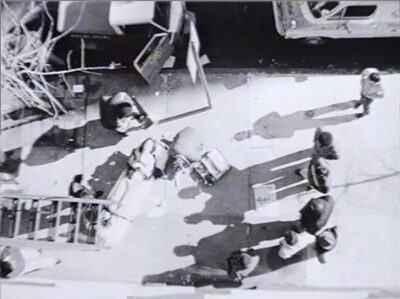
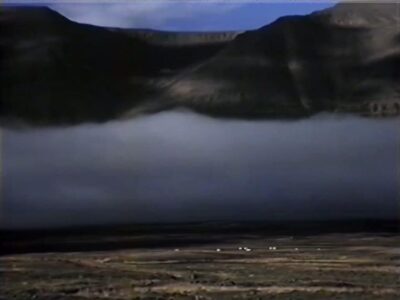
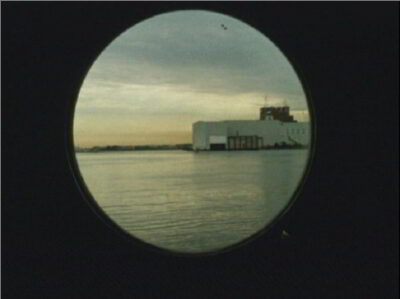
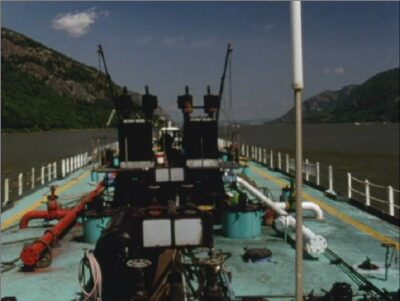
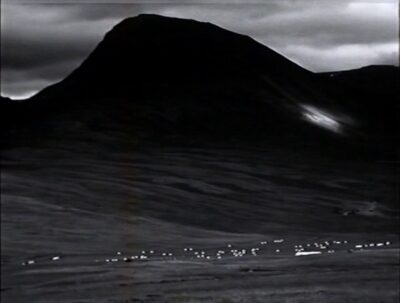

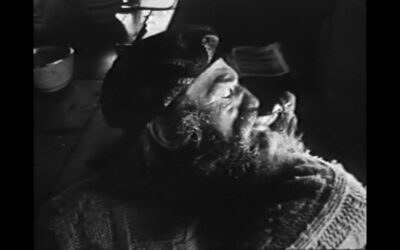
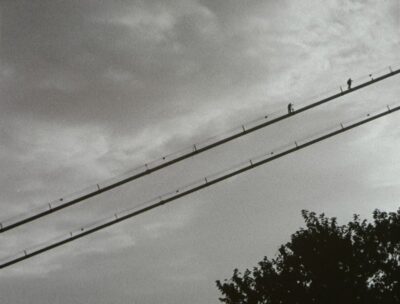
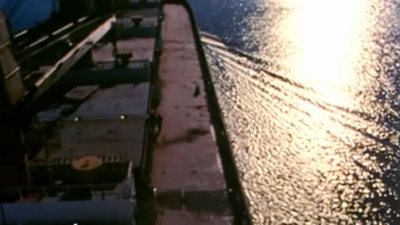
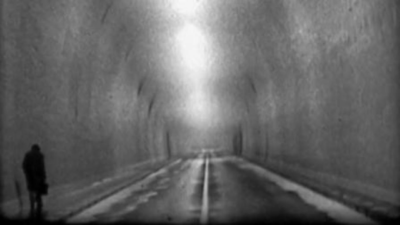

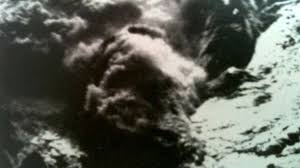
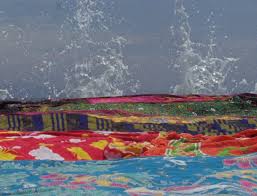
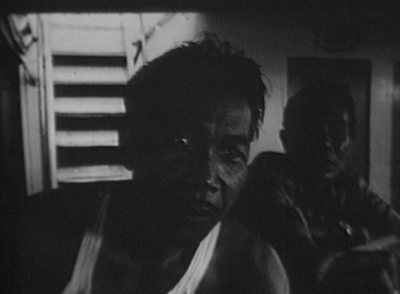
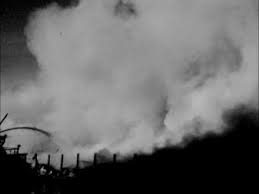
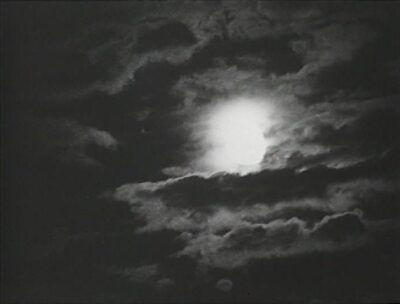
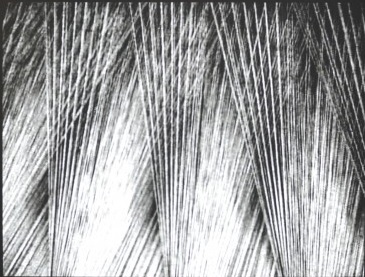
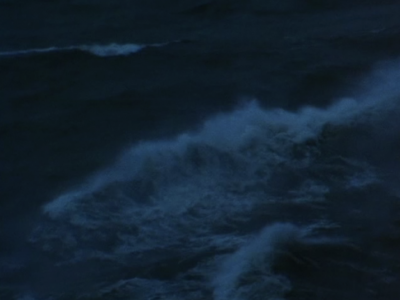
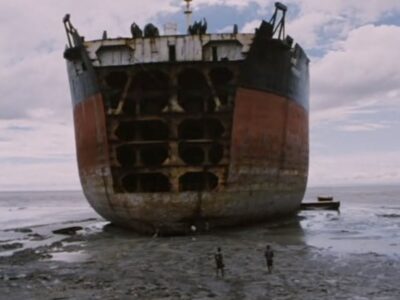
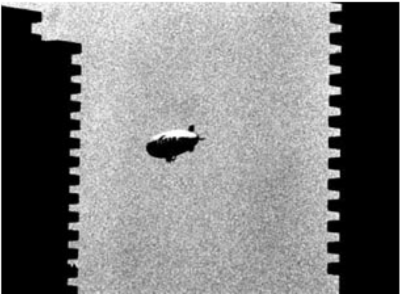
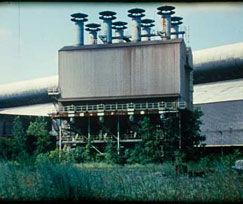
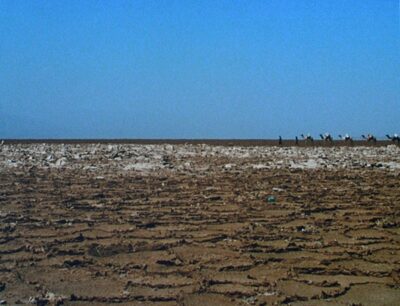
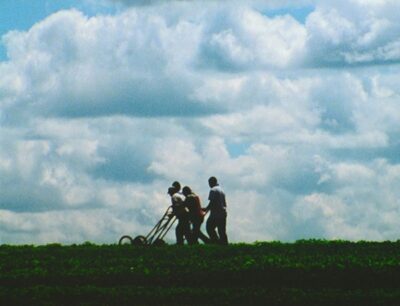
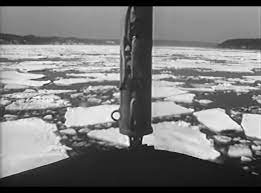
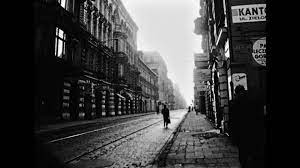
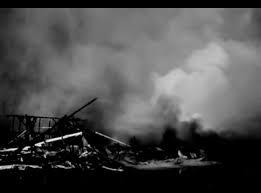
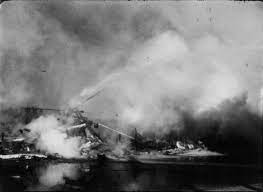
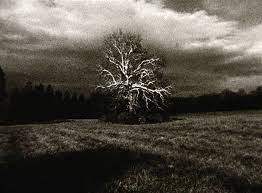
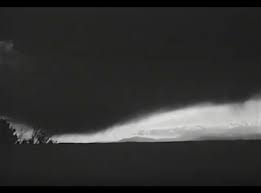
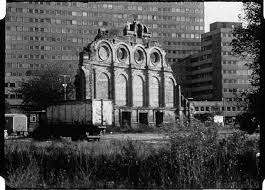
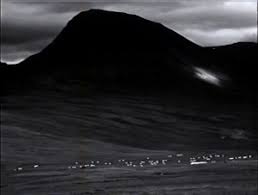
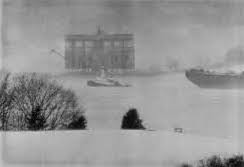
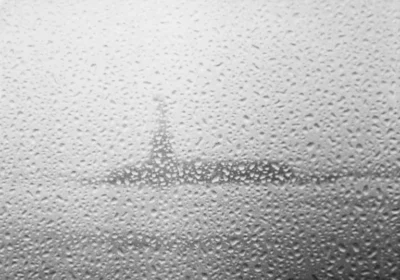
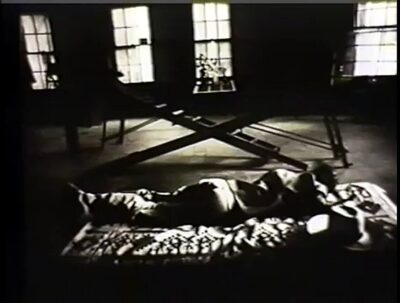
____
Further
Peter Hutton @ Experimental Cinema
TIME AND TIDE. A TRIBUTE TO PETER HUTTON
FLIMMAKER PETER HUTTON : IT’S NOT ABOUT THE PYROTECHNICS, IT’S ABOUT LIMITATIONS
THE TRAVELOGUES OF PETER HUTTON
PETER HUTTON: A TALE OF TWO CITIES
In Memoriam: Peter Hutton
R.I.P. Peter Hutton, filmmaker of landscapes and seas
SCOTT MACDONALD / Peter Hutton: Hudson River Filmmaker
STORIES FROM THE HALF LIGHT: THE FILMS OF PETER HUTTON
Peter Hutton @ MUBI
PETER HUTTON « FIGURES, LANDSCAPES & TIME »
Peter Hutton: The Filmmaker as Luminist
Remembering Peter Hutton (1944–2016) by Joan Retallack
PETER HUTTON: THE LANDSCAPE OF BERLIN 1980
Notes for Peter
For Peter Hutton
Immanent domain: P. Adams Sitney on the films of Peter Hutton
The Life and Death of Ships: Peter Hutton’s “At Sea”
Peter Hutton, the eye as a telescope
PETER HUTTON: AUGURI & SO LONG 2016
WENT THERE: TIME AND TIDE. A TRIBUTE TO PETER HUTTON
SPECIAL PAGES | IN MEMORIAM OF PETER HUTTON
In Memoriam: Peter Hutton, also known as Sailor, 1944 – 2016
____
Extras
Peter Hutton, In Memory – James Benning, Steve Anker, Ephraim Asili and Kelly Reichardt
Two Rivers: An Evening with Filmmaker Peter Hutton
Entrevista al cineasta norteamericano Peter Hutton
James Benning & Peter Hutton “Nature is a Discipline”
______
Interview
from CINEMAD
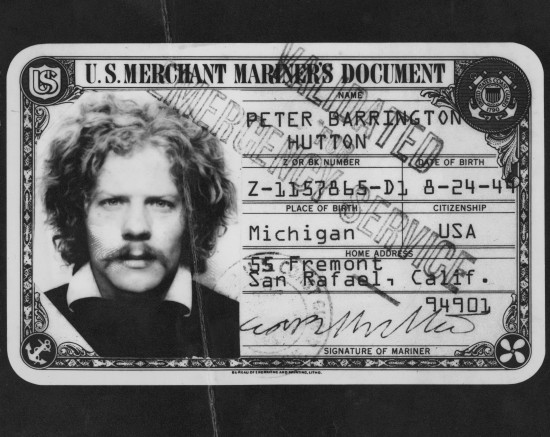
CINEMAD: Was there a flashpoint where you became interested in art film?
PETER HUTTON: For the first 10 years of my creative life I wasn’t making films, I was a painter as a teenager, then a sculptor. I was in L.A. for a summer in the mid-60s. I went to see one of Kenneth Anger’s experimental films on La Cienega. I then moved to San Francisco to go to the San Francisco Art Institute. I started seeing Harry Smith and Bruce Conner at the Straight Ashbury Film Society that Freuda Bartlett ran. I thought this was going to be huge! Everybody did! In some way a rival to commercial film culture, because the parameters were so blown open from traditional cinema. It’s interesting watching it over the last 40 years collapse into a pretty delicate little culture. It’s kind of kept alive by young people who are just discovering this work, who get really excited about it, and fortunately start writing about it. But it’s also kept alive by those who teach, the art schools who are, for the most part, employing a lot of people who are propagating it through showing their own and other people’s work. It’s a relatively modest yet a wonderful alternative to commercial film culture.
If you want to see it, you’re going to have to become involved with it. I think that’s good though. One of the things that is important to me is the contrast between the accessibility of TV and commercial media that are being pushed at you…You have to be curious, go out of your way. Like going to flea markets and finding great old books, photographs, paintings. You have to have that curiosity. There’s an element of satisfaction that comes with discovering something that wasn’t publicized or in front of commercial culture. I like the fact that there’s an obscurity to the culture. Maybe that’s good…
Did you study still photography?
No. Painting was my big deal. My uncle was an artist, Edward Plunkett, he knew a lot of New York artists, including Marcel Duchamp and collected pop art. He was a great influence on me. My mother was also an amateur painter.
When I was a kid, my father had kept a photo album as a merchant seaman. I loved looking at these photo albums filled with images of places he had gone when working on ships; India, China, Indonesia. They were just snapshots. Landscapes, seascapes, very amateur casual photographs. This was before TV, so it was a very cool place to zone out and imagine these places. When I started working on ships, I was so happy to be going to these places. It built up my appreciation for this sort of traveling.
I took photographs when I went to India, then after that I eventually learned film…there was a 10-year period from ’64 – ’74 where I intensely worked on ships. I paid my way through art school by working on ships. I went to sea for a semester, then to school for a semester, back and forth from sea to school…
When you work on ships,…there’s a lot of downtime. You’re able to space out and look at the atmosphere of the sea. That in itself is amazing. The sense of time is really different because you’re traveling so slowly. Sometimes on ships you’re dead in the water. They shut them down and work on the engine or something like that and you’re just out there floating. In the middle of nowhere.
One time in the middle of the Pacific, we stopped because they were working on the boiler on this grain ship. A whale came up and was scraping barnacles off the side…Wow! Stuff like that was mind-boggling.
Sailing into storms—I’ve got a lot of stories of how visually intense it was. In the 70’s, when I was working on tankers, there was one night when we were sailing from Thailand to the Persian Gulf. We had just turned the corner around Sri Lanka in the Indian ocean and I was on watch, which meant that I was right at the fore-peak of the ship, standing there. What a deckhand would do was look off in the horizon and look out for lights of other ships approaching. If you saw light, you’d ring a bell and report it to the bridge…
One night I was out there, the moon was out, it was a summer night. It was warm, I was in a t-shirt. All of the sudden I felt it getting really cold. I started scrunching up a little bit. Then I realized it was getting darker. The moon went behind some clouds. Colder, darker, colder, darker. It was amazing! I felt like we were sailing into an inkwell.
I didn’t realize there were so many degrees of darkness. Pretty soon, you couldn’t see anything…The clouds covered the moon and everything closed in on the ship. It started raining, the seas became very active. Then the officer on the bridge shined a light down on me, which meant that I should go up to the bridge. I turned around, and a wave came over the bow. The seas were starting to boil…
We were sailing into this storm. It was so beautiful as a visual moment. Something you could never film, because it was so dark. It was this experience of sailing into this murky, dark world. Eventually we punched through and it started getting lighter, warmer, the seas started calming down, it started getting warmer. I was like, ‘What an experience!’ As an artistic moment, it was really interesting, almost spiritual…
How does that change or affect your depth of field, especially when you start looking at things through a camera? Did you feel differently because water’s clear?…
I don’t know if you can even record that on film, the darkness. It was more about this idea that we can see a lot more than we can understand. Our eyes give us the capacity to see and process a lot of information. In today’s world, we don’t need to survive that way, so we don’t use our eyes that way. We tend not to spend hours looking at clouds, watching light move. People who were out in that world had to get engaged in a more intense visual level to figure things out.
For a filmmaker it was good, not so much for technical phenomena, more about ‘Ok, this is something I can do’ and just looking at the world in general. Looking more carefully at things, developing a greater appreciating the idea of looking.
There’s a visual passivity with a newer generation of filmmakers where things are fed to us through TV, media, entertainment, what have you. We don’t have to sit and look at stuff as much. Its all fed to you…
Looking at other painters and being fascinated by the way they looked at things and how they realized visual ideas—those influences were invaluable. But it might come from some primal thing such as being on the ocean for a long period of time.
A lot of my early art teachers (at the university of Hawaii) were Chinese and Japanese. Their ideas of looking at things were much more meditative, contemplative. Where you sort of give yourself to that thing you’re looking at. Whether it’s a rock garden, a brush painting, you’re kind of wandering into it visually.
I think a lot of Western art is more like shouting at you saying ‘Hey! I’m over here, look at me! I’m funny! I’m weird…’ Pop art, contemporary art, it’s trying to get your attention because there’s so much wacky shit going on.
Eastern art is much more quiet, subtle. It’s about you carving out some space to interact with that thing. That had a much bigger influence on me and how I make films. The pleasure I get just from looking at nature. The shadows, light, events, people, weather. There’s a kind of wonderful appreciation for light and dark. Very reductive. It’s not about the narrative or events occurring. It’s about the small details and time passing. You give your time to vision and it gives you a reward, it’s a discipline…
Film to me is still about space, time. It’s still about painting with the language of cinema. It’s a very reductive appreciation for some of the potential of cinema that was never realized aesthetically because it was so eclipsed by entertainment, narrative and telling stories…
Do you feel like you’re more an image-maker than a filmmaker?
Yeah. I don’t even tell people I’m a filmmaker. It suggests someone who tells stories with cinema, or putting together elaborate ideas through filmmaking. Mine are more like sketchbooks, keeping diaries and records of things that interest me.
I hope that at some point in time they might be interesting things for people to look back on. I don’t know if you’ve ever seen Picasso’s sketchbooks, they were so fascinating because they were not the big pieces, but they were the process of what contributed to the big pieces. They’re really interesting as sketchbooks. Even someone such as Leonardo’s sketchbooks, they’re so complex and mysterious. It’s the rough, funky, elegant, interesting insights on the process.
Ultimately, what’s great about film is the process of shooting all the time. I come from an arts background where you’d go to the studio all day to work. You’d learn a lot from that repetition of trying to solve all these problems.
Film in this day and age, kids who go to art school remain very conceptual. They’re always sitting around waiting for the big idea. Where as they should be practicing more. Especially with digital, where you can go out and shoot for 12 hours. You can erase it, tape over it, if nothing comes out of it…no big deal. The idea of actually practicing the craft, of collecting images, developing your eye. I’m amazed that people don’t appreciate how important that is to develop a more active relationship to practice.
It gets back to the violin metaphor. Practice, practice, practice and the camera becomes your eye and not so much this complicated technological thing to mediate to get an image. The whole process becomes forward, you can be spontaneous the way any good photographer can knock off a shot without having to take a reading or setting everything up.
That kind of fluidity is important to me. You can capture things that are just occurring under short notice. There can be a revelation. It would be like living in a city, turning a corner and BAM! There’s this thing on fire, you can be there with a camera and grab it. Truth is so much stranger than fiction. There should be these narrative crews lurching around these environments, you know ‘ACTION!’ Cars going through an intersection and a pedestrian is trapped in the middle of the street. That’s better than most of the shit they cook up in Hollywood anyway…
_______________
13 of Peter Hutton’s 20 films
_______________
July ’71 in San Francisco, Living at Beach Street, Working at Canyon Cinema, Swimming in the Valley of the Moon (1971)
‘Diary films have become a distinct genre of the independent film movement. Like a written diary, they forego the necessity of plot, character development and other attributes of a well-constructed story and concentrate simply but lovingly on the day-to-day or moment-to-moment events happening to the filmmakers. Peter Hutton’s film is, to my mind, one of the best of the genre – for it truly lets us get inside the filmmaker’s mind and sensations through, and in conjunction with, his role as filmmaker. It is almost as if we see how carrying around the camera and focusing on different people, things and events actually changes and refines the filmmaker’s normal perception of them. The camera becomes an instrument not to record reality but to expand it. And like any diary, it is both an exploration and crystallization of events and impressions in one’s life.’ — David Bienstock
the entirety
____________
Florence (1975)
‘Like Hutton’s previous films, FLORENCE is a contemplative study of light and shadows, textures and planes, that makes beautiful use of the tonal qualities of black and white film. Throughout the film there is a motion of obscuring and revealing in clouds, reflections and mists, and in the behavior of light as it passes through various openings or substances. Frequently, the images are ambiguous details. One feels that Hutton is very at home in the world he sees, and that he looks at things a little more closely than most people ….’ — Ken DeRoux
the entirety
_______________
Boston Fire (1979)
‘BOSTON FIRE finds grandeur in smoke rising eloquently from a city blaze. Billowing puffs of darkness blend with fountains of water streaming in from offscreen to orchestrate a play of primal elements. The beautiful texture of the smoke coupled with the isolation from the source of the fire erases the destructive impact of the event. The camera, lost in the immense dark clouds, produces images for meditation removed from the causes or consequences of the scene. The tiny firemen, seen as distant silhouettes, gaze in awe, helpless before nature’s power.’ — Millennium Film Journal
the entirety
______________
New York Portrait (1979)
‘”Hutton’s most impressive work … the filmmaker’s style takes on an assertive edge that marks his maturity. The landscape has a majesty that serves to reflect the meditative interiority of the artist independent of any human presence. … New York is framed in the dark nights of a lonely winter. The pulse of street life finds no role in NEW YORK PORTRAIT; the dense metropolitan population and imposing urban locale disappear before Hutton’s concern for the primal force of a universal presence. With an eye for the ordinary, Hutton can point his camera toward the clouds finding flocks of birds, or turn back to the simple objects around his apartment struggling to elicit a personal intuition from their presence. … Hutton finds a harmonious, if at times melancholy, rapport with the natural elements that retain their grace in spite of the city’s artificial environment. The city becomes a ghost town that the filmmaker transforms into a vehicle reflecting his personal mood. The last shot looks across a Brooklyn beach toward the skyline of Coney Island’s amusement park .? The quiet park evokes the once frantic city smothered by winter. Nature continues its eternal cycles impervious to the presence of man, the aspirations of society, or the decay of the metropolis.’ — Millennium Film Journal
Excerpts
_______________
w/ András Monory Mész Budapest Portrait (Memories of a City) (1986)
‘BUDAPEST PORTRAIT (MEMORIES OF A CITY) epitomizes Mr. Hutton’s austerely romantic worldview. The movie is a half-hour succession of moldering apartment houses and massive factories, a place of faded splendor and industrial funk, populated by lonely Stalinist monuments and revolutionary ghosts. Human presence is minimal and typically suggested at one remove by photographs, shadows or bullet holes. The city might be a stage set for an invisible drama. (Jim Hoberman) “In the years following my Berlin adventure I made films in Hungary (MEMORIES OF A CITY) and Poland (LODZ SYMPHONY). The Cold War was for me a time of forbidden pleasures, a time to wander across a landscape frozen in another era and fraught with abstract danger. It was exciting and mysterious. I became a peripatetic spy stealing dead history with my Bolex. In the Eastern Bloc countries I traveled to and filmed, I was frequently stopped by police and questioned. This never happened in West Berlin, despite all the anarchy of the 80’s and the feeling of living in a police state.” (Peter Hutton, thislongcentury.com)’
the entirety
______________
Landscape (for Manon) (1987)
‘In the mid-80’s, Hutton settled in the Hudson River Valley and took that landscape — the inspiration for one of America’s first major schools of indigenous painters — as his own in films like LANDSCAPE (FOR MANON) a depiction of a valley called “Kaaterskill Clove”; In TITAN’S GOBLET, Hutton is taking its title from a painting by Thomas Cole. STUDY OF A RIVER presents a portrait of the Hudson river in winter. Shot in rich black and white, Hutton observes slowly moving ships, floating slurries of ice, and the snowy shore, reflecting both on the landscape’s beauty as well as its transformation by industry and commerce. Continuing the tribute to the Hudson, TIMA AND TIDE was filmed from aboard various boats traveling on the river, and is his first work using color as well as black and white. (Henriette Huldisch)’
the entirety
______________
In Titan’s Goblet (1991)
‘In Titan’s Goblet refers to a landscape painting by Thomas Cole circa 1833. The film is intended as a homage to Cole, who is regarded as the father of the Hudson River School of painting.’ — doclisboa.org
the entirety
______________
Łódź Symphony (1993)
‘A portrait of Lodz, Poland that exists in a timewarp of sad memory. Hutton creates an empty world evoking the 19th century industrial atmosphere that is populated with the ghosts of Poland’s tragic past.’ — Experimental Cinema
the entirety
_______________
Study of a River (1997)
‘Study of a River consists of 27 shots of the winter landscape of the Hudson River, which span from extreme long-shots to extreme close-ups. In this film Hutton pays homage to the 19th-century painters of the Hudson River School, whose paintings typically depict the valley. Study of a River is one of five Hutton films related to this area. In this short film he undertakes a cinematic investigation into the relation between nature and human technology, combining realistic images from ships with shots on the verge of abstraction, such as glittering water. Here he uses cinema’s contemplative potential most effectively and offers an extended meditative experience to the audience. Study of a River is a visual poem, which was added to the Library of Congress National Film Registry 13 years after its release. Hutton once said of his work, in a typical understatement: “It’s like being a poet. You’re never going to get the attention a novelist would get, but there might be something there for someone who’s interested”.’ — Karl Wratschko
the entirety
______________
Two Rivers (2002)
‘Commissioned by the arts organization Minetta Brook, Two Rivers was inspired by Henry Hudson’s failed 1609 quest to discover a trade route between North America and China. Hutton observes the bustling industry of the Hudson from atop a ship’s deck. A poetic, comparative portrait of the Hudson River and Yangtze River that speaks to the rise of China in relation to the decline of a post-industrial American region.’ — Experimental Cinema
Excerpts & commentary
______________
Skagadjördur (2004)
‘After shooting recent poetic landscape pieces in the Hudson River Valley, Ireland and China, Hutton contemplates the mysteries of shadow and light in this North Icelandic fjord valley in one of his most magnificent films.’ — IFFR
the entirety
___________
At Sea (2007)
‘Renowned for his exquisitely photographed land- and cityscapes, Peter Hutton’s latest film is an epic story of the birth, life, and death of the modern container ship. Shot over a period of three years, At Sea opens on a hyper-modern South Korean shipyard, where supertankers loom over the workers who build them, then journeys through the swells and storms of the North Atlantic, and closes on a maritime grave in Bangladesh where ship breakers scrap the beached leviathans piece by piece under medieval conditions. Beautifully shot and keenly observed, Hutton’s film showcases the environmental and human dramas that play out in the life cycle of this invisible engine of globalization and modern-day Noah’s Ark.’ — conversationsattheedge.org
the entirety
______________
Three Landscapes (2013)
‘A silent film study of human figures on three distinct landscapes in the world. Shot on 16mm, this wondrous silent film study from avantgarde master Peter Hutton (AT SEA), one of cinema’s most ardent and poetic portraitists of city and landscape, observes human movement across three distinct regions: Detroit, the Hudson River Valley and the Dallol Depression in Ethiopia.’ — Experimental Cinema
the entirety
*
p.s. Hey. ** Dominik, Hi!!! Cool, score. Yes, Halston did seem to exude elegance in those pix. I’m sure he could show love a fine time. Great, have an amazing time with Anita, and check in whenever/if ever you need a little DC’s bump along the way. Thank you and love himself for the CD slot. It would make my life a lot easier. Or at least a little easier. Love gifting you and Anita a luxury car with a know-all GPS and an endless supply of free petrol, G. ** Billy, Hey. Thanks. I kind of miss the days when bars and restaurants had that stink of decades of rotted cigarette smoke. I think that concentrated cigarette smoke sculpture idea is more than a distinct possibility. Always think huge. Speaking of, I wish you massive luck in unlocking your creativity. Do you have any go to methods or inspirations? Give me a heads up if the blog can do its part. ** Misanthrope, There you go: Sudoku. Here are some more I remembered: fortune cookies, chimichanga, English muffins, etc. Camel Wides still exist. They were were my go-to cigs for years, but then I got used to smoking Camel Lights, and now they seem too intense. Nine in 2 months? Holy shit, man, that is scary. ** David Ehrenstein, Hi. Everyone, Mr. E suggests you watch Shelley Duvall smoke cigarettes in Robert Altman’s film ‘Three Women’, and so do I for all kinds of reasons. ** Thomas Kendall, Hi, man. I thought those reviews were hilarious. We’ve been performing that piece for 12 years with great success, and then we go to London and the critics are all shocked because it doesn’t behave like normal plays and dance works. I mean, I still get that with my novels too, and I just can’t begin to imagine the thinking of people like that. It’s weird. Delayed, okay. Not for too long, at least. Just let me know whenever the time is right. Great! Take care, buddy. ** _Black_Acrylic, Hi. There are a handful of artists that I just will not allow into my thematic posts, no matter how appropriate they made be, and Hirst is one. Abramovic is another. How did the writing go today? The class is already ending? They always seem to last so briefly. ** Thomas Moronic, Thomas! Hey, hey, my friend! Awesome that you’re coming over. I’m not yet sure when Zac and I will go to LA to start working on our film, but hopefully I’ll still be here. It would be so awesome to see you! Fingers stranglingly crossed. ** Jeff J, Hi, Jeff! I too was really surprised by those elegant Wesselmans. I’ve seen some Motherwell collages, but not a lot. They’re likeable. I’m very happy you’re back into your novel, of course, and that’s fantastic about the grant! Really fantastic! No, I’ve never seen ‘Mahogany’. It would be truly amazing if you screen it. No, ‘The United States of America’ is Benning’s brand new film, a kind of answer or sequel to the earlier film, very much a pandemic-inspired work, and one of his greatest ever films, I think. I was completely blown away. Incredible. ** fervorxo, Hi, fervorxo, welcome! Me too: regret and relish. No, I haven’t heard that new Drain Gang album. I’ll go find it ASAP. Enjoy the gig. How’s everything with you? ** Dom Lyne, Hi, Dom! Whenever I accidentally break a cigarette, I put it in this little box in my desk in case I’m ever so desperate that I need to smoke it, and now there are many dozens of them there, and I’m never that desperate, but I continue adding to them. People are strange. I’m happy you saw and liked ‘TIHYWD’. Very cool, thank you! New songs! Wow, that’s something and exciting. Does it feel strange or homey or something else to be making music again? Because you took kind of break from that, didn’t you? Love and hugs from over here! ** Rafe, Hi, Rafe! My pleasure, of course. Yeah, I still remember when I tried smoking my first cigarette when I was a teen and thinking it was nasty and yuck and so on, and then two weeks later I was a pack a day boy. Strange stuff. Have fun transcribing, What are you going to do with those restored nuggets? ** Brandon, Hi, Brandon! It’s so great: the Benning. Ah, shit, about the moody start to your free week, but a wee bit of melancholy can be a good fertiliser, I think? My memory tells me so. Yeah, maybe a septum pierce will jolt you with joy or something? That also seems possible. Are things picking up? Did your Tuesday trounce your Monday? ** Okay. The blog gives itself over the the sublime films of the fairly recently and sadly deceased filmmaker Peter Hutton, whose work I (I guess obviously) highly recommend to you all. See what you think, and I’ll see you tomorrow.
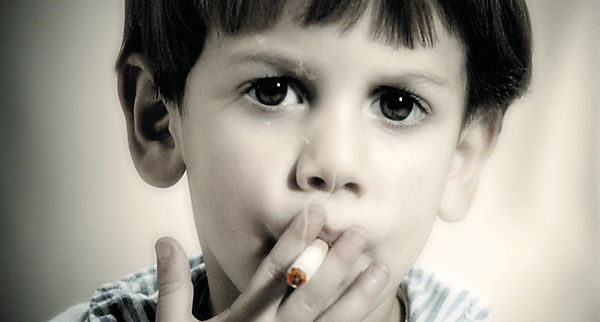
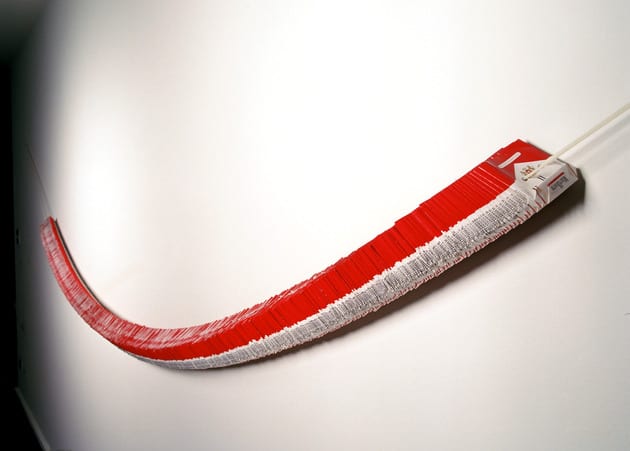
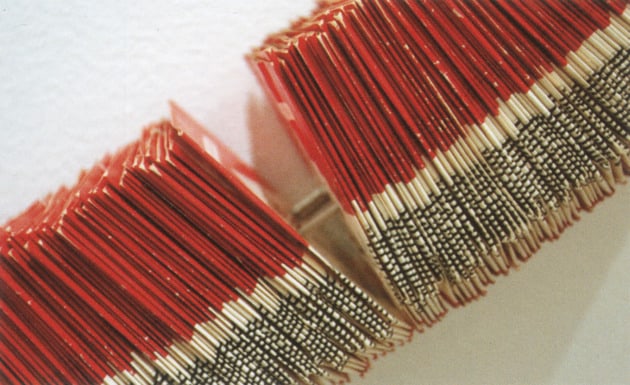
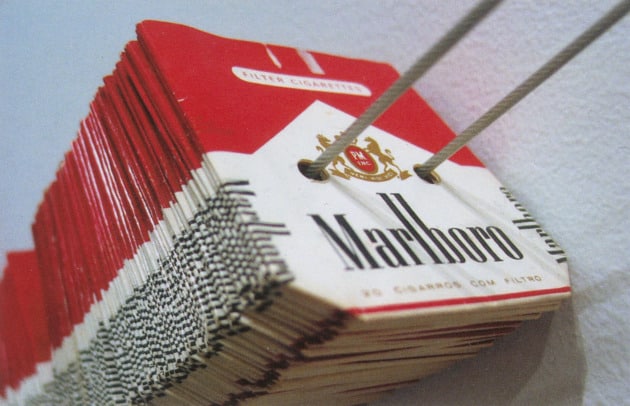
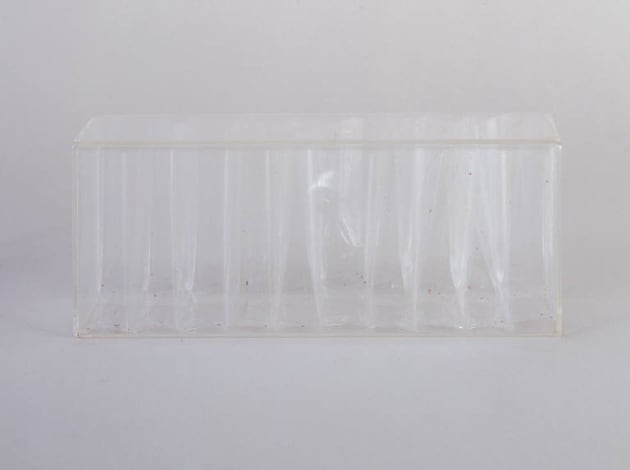
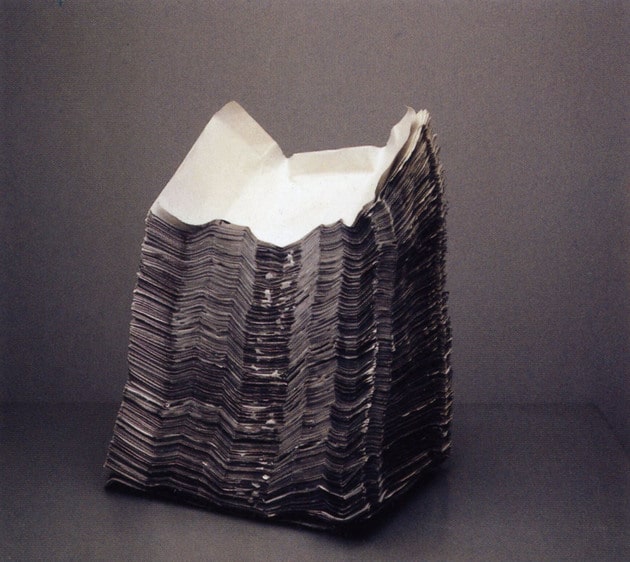
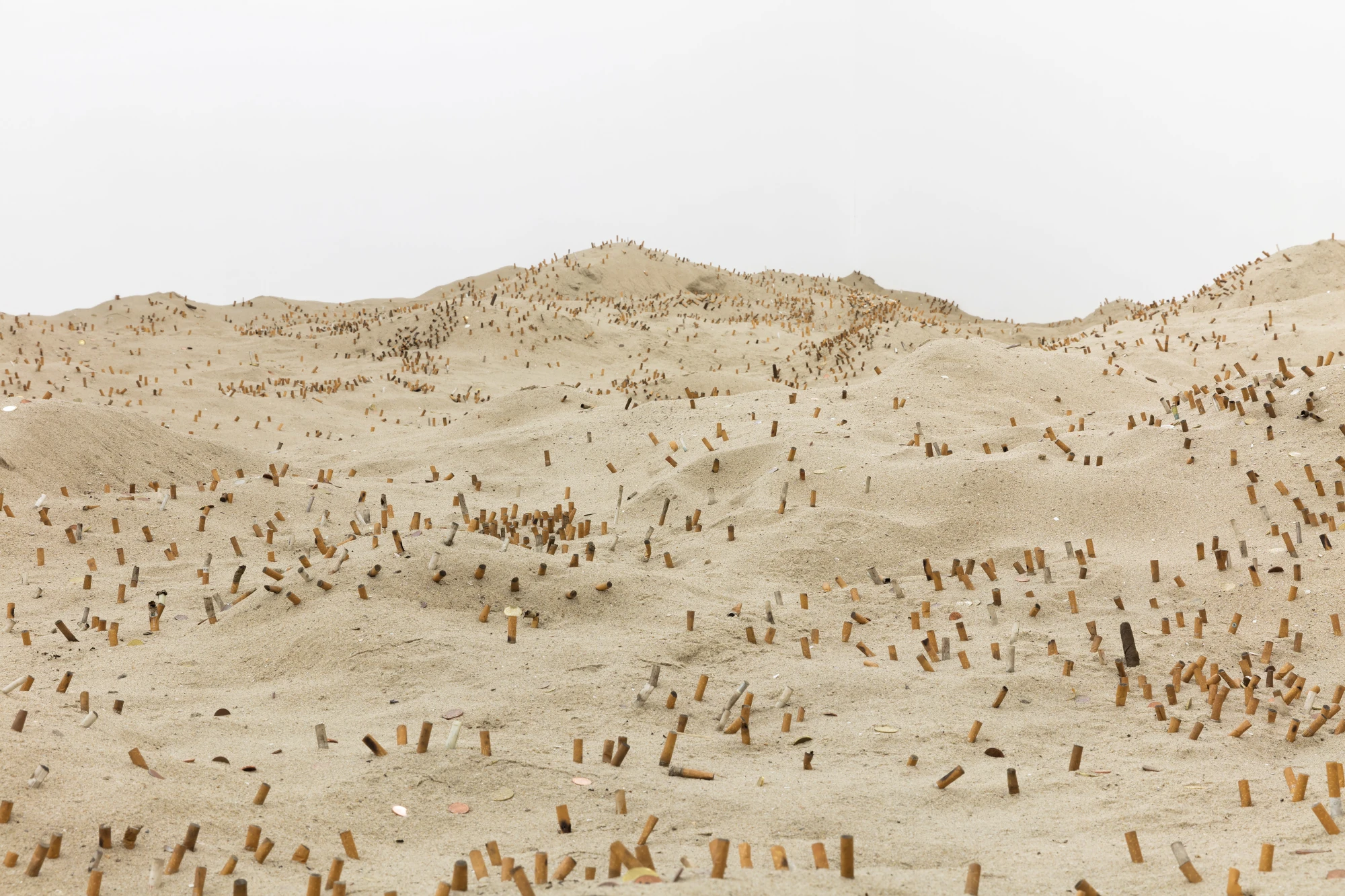
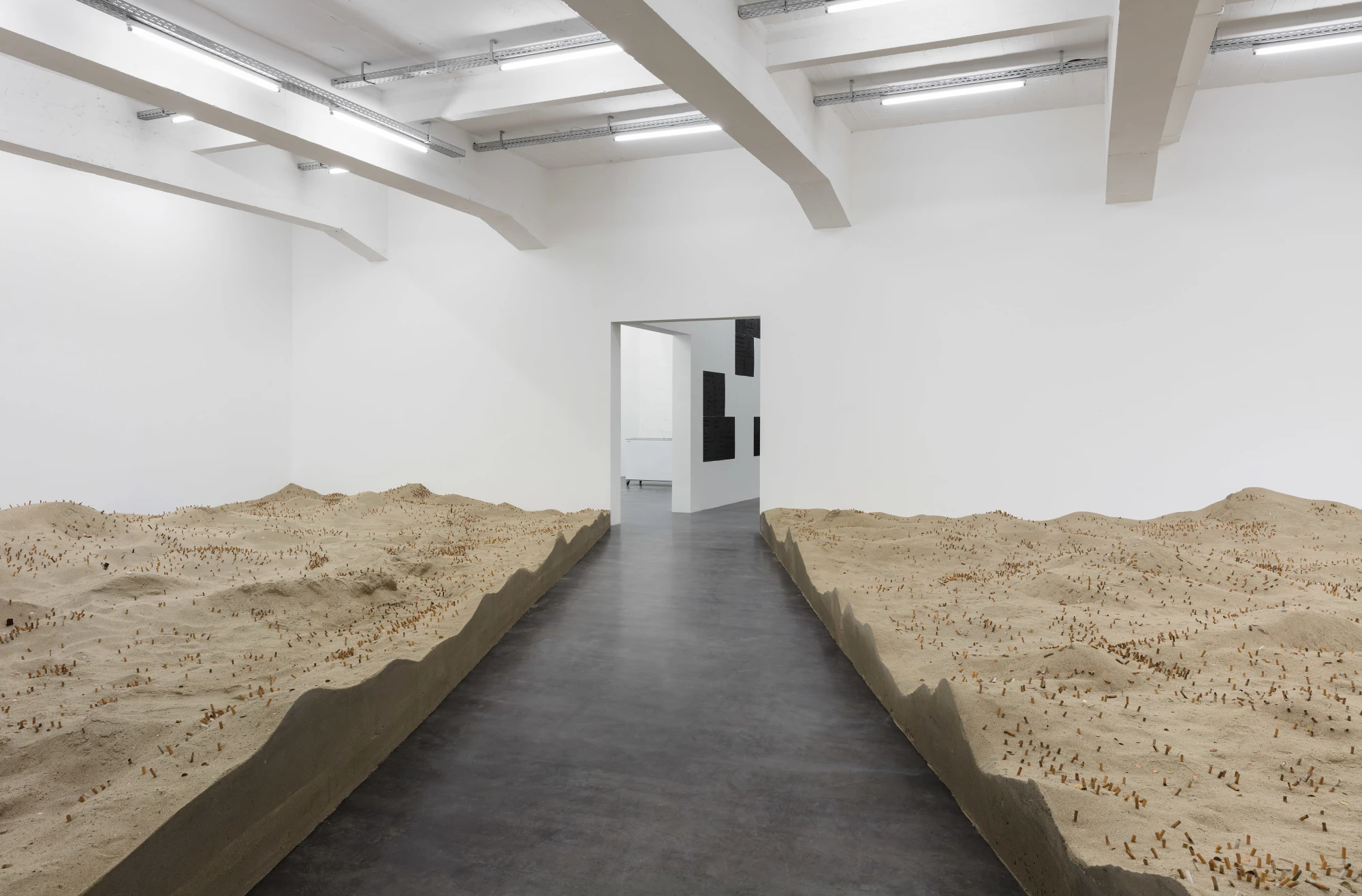
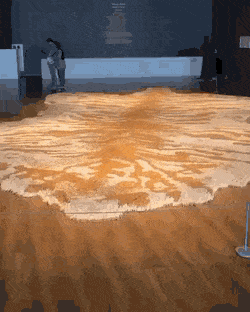
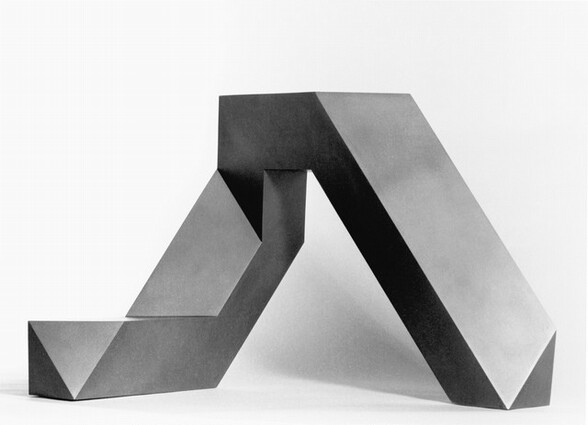
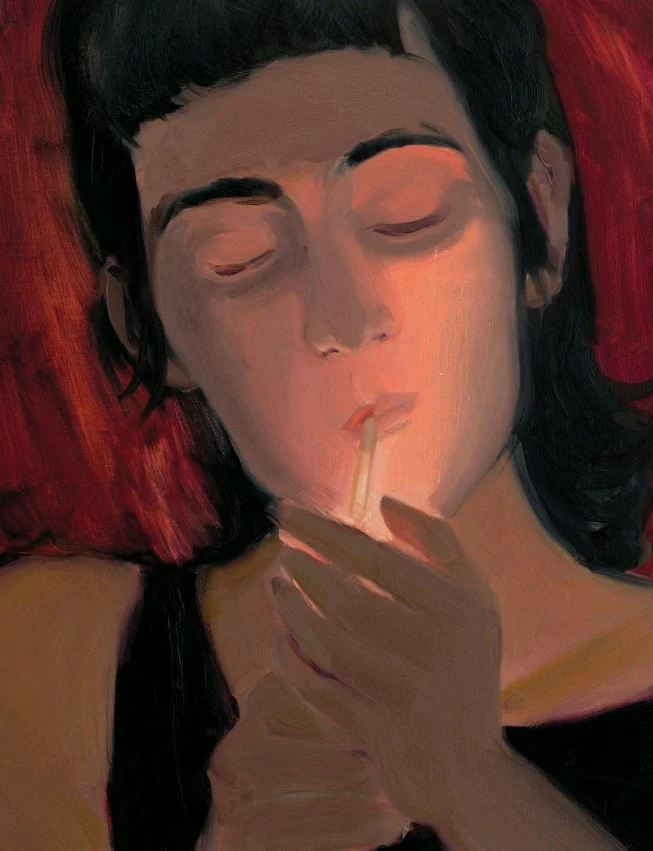
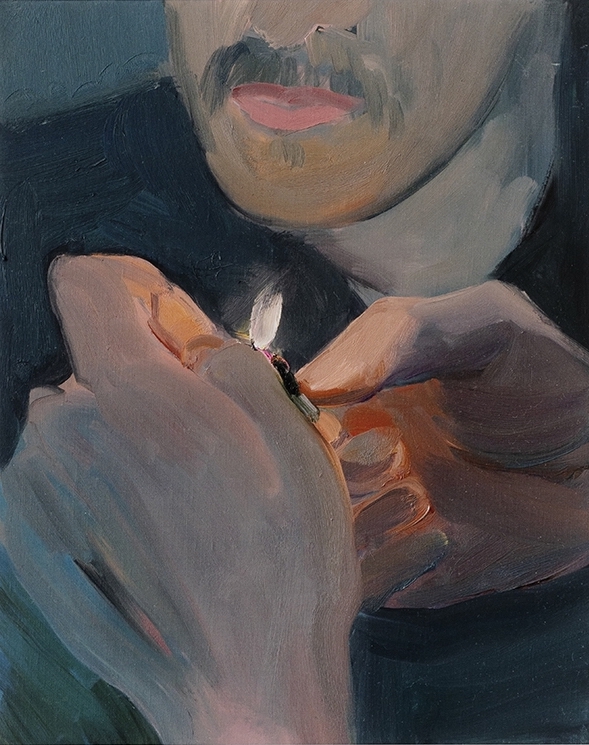
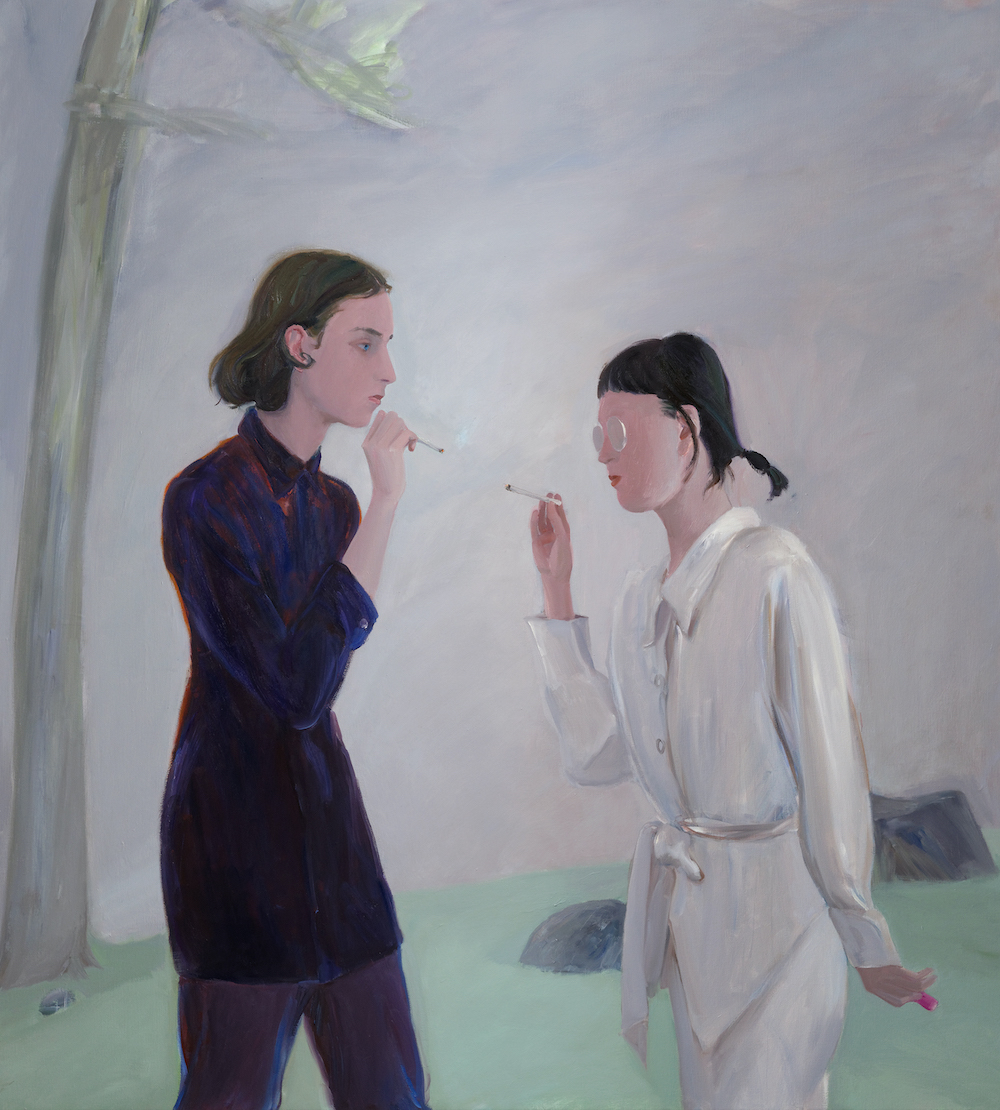
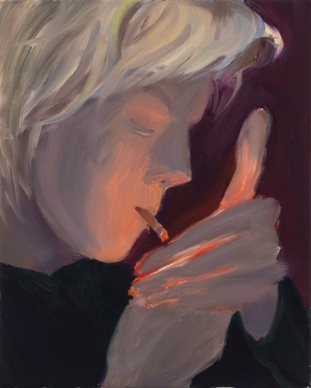
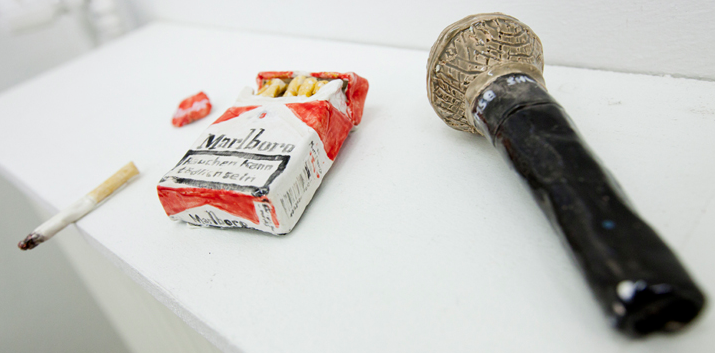
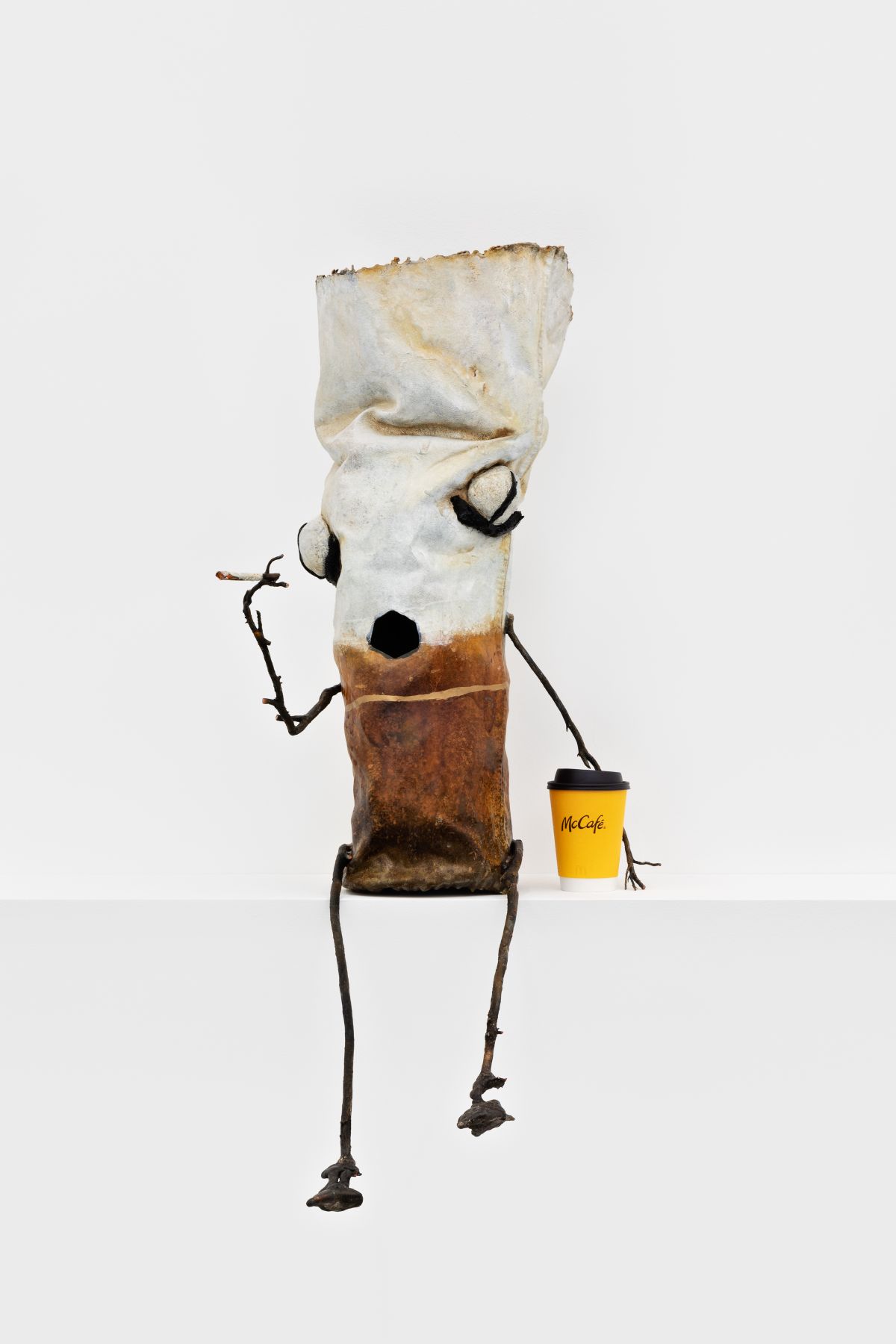
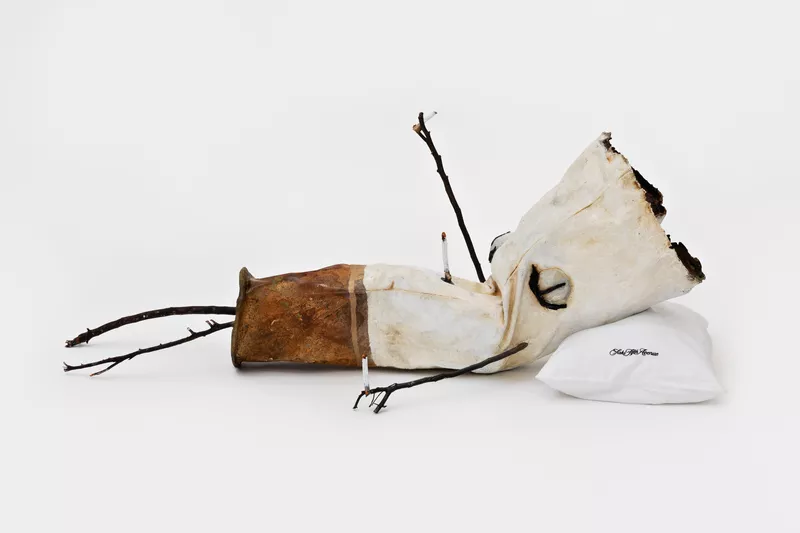
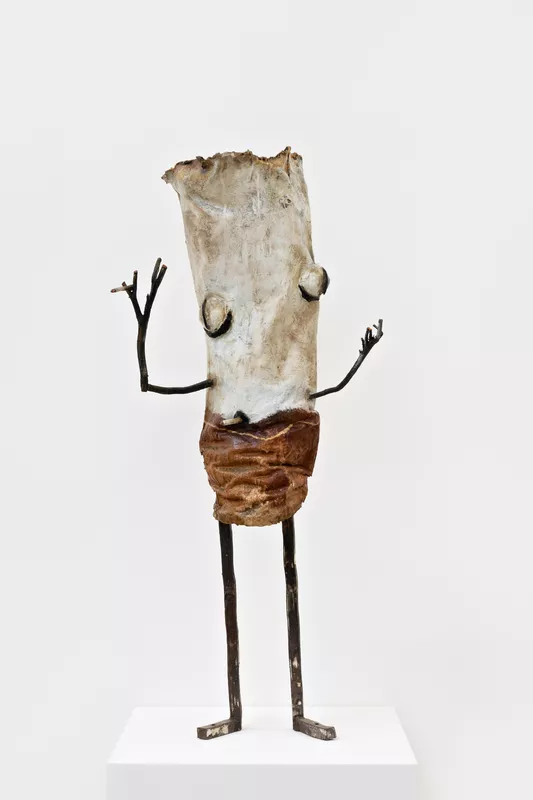
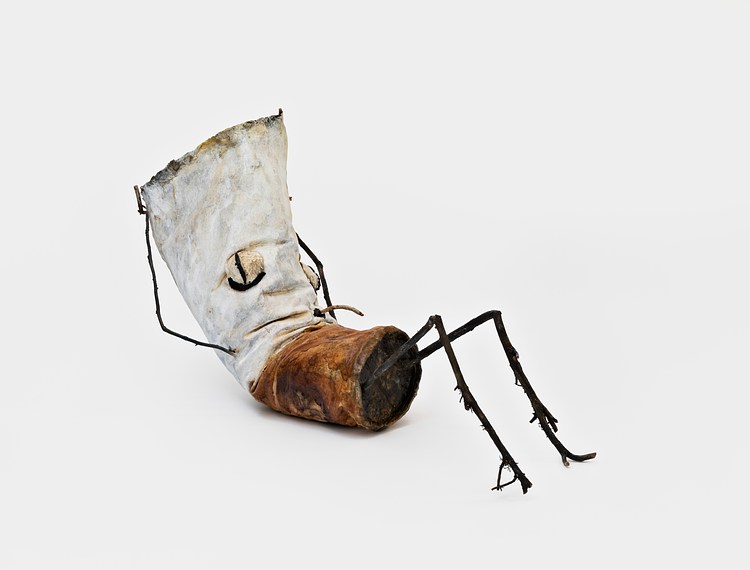
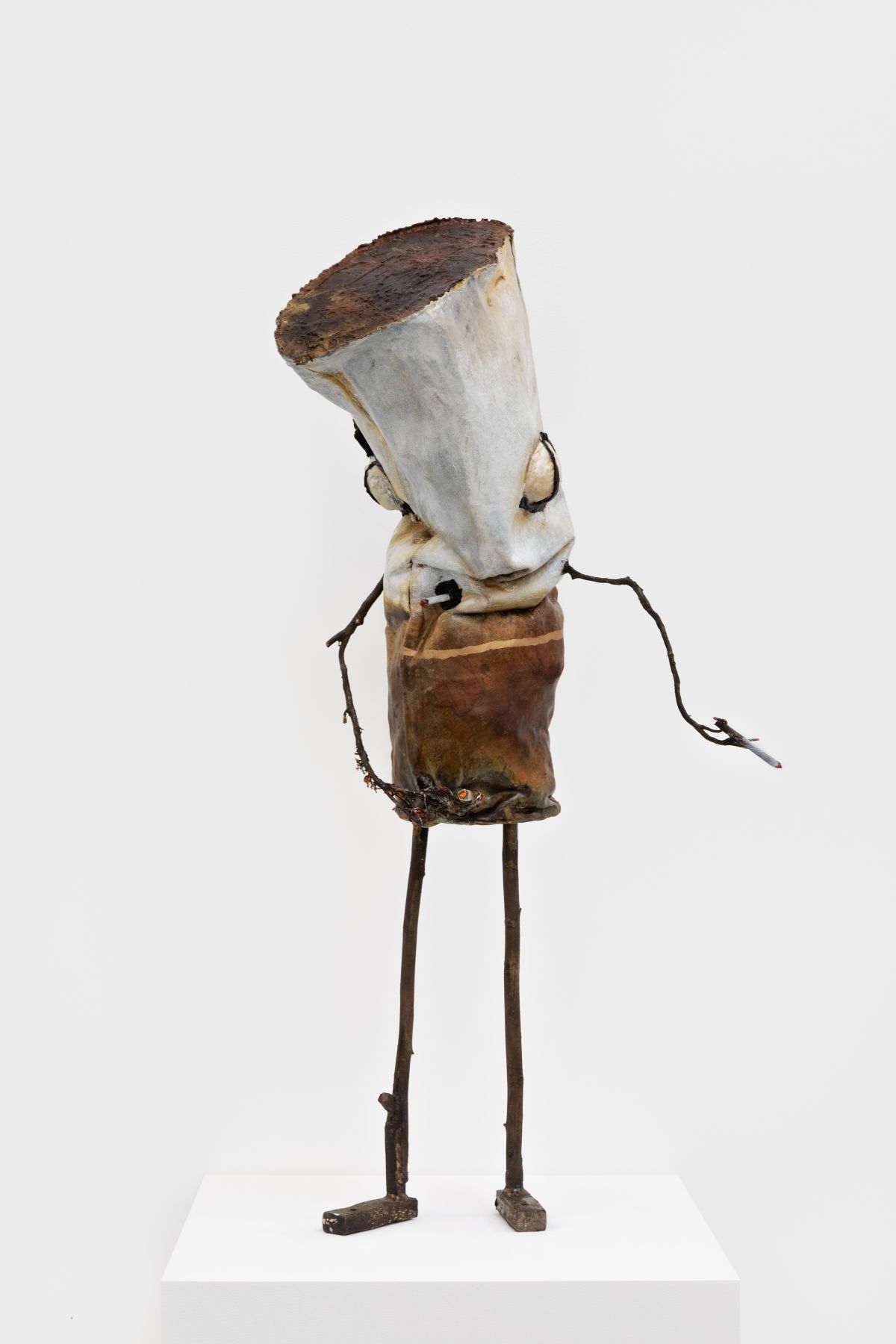
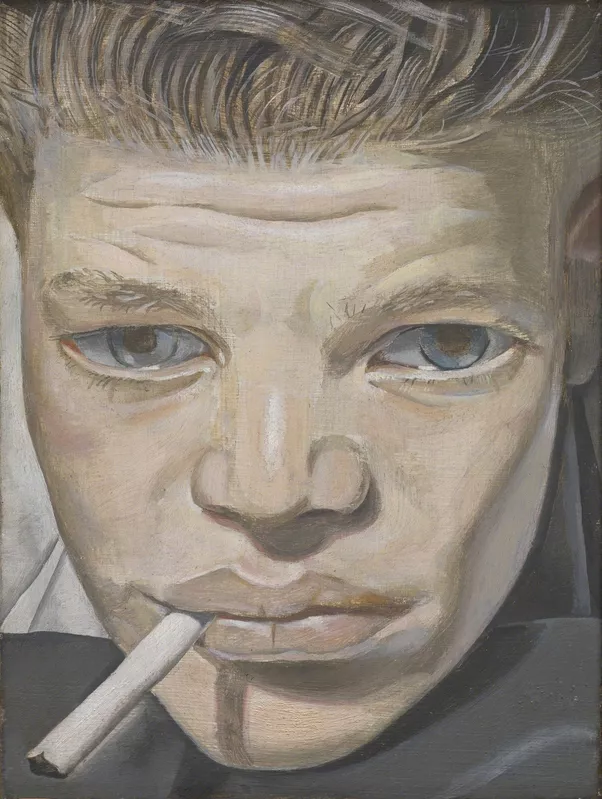
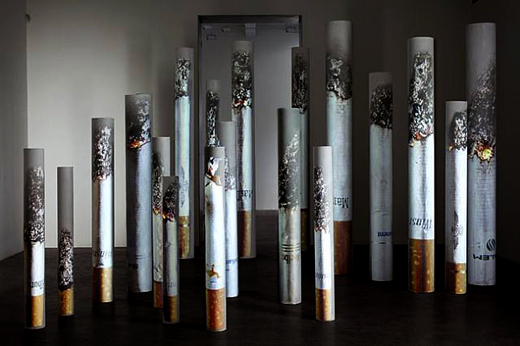
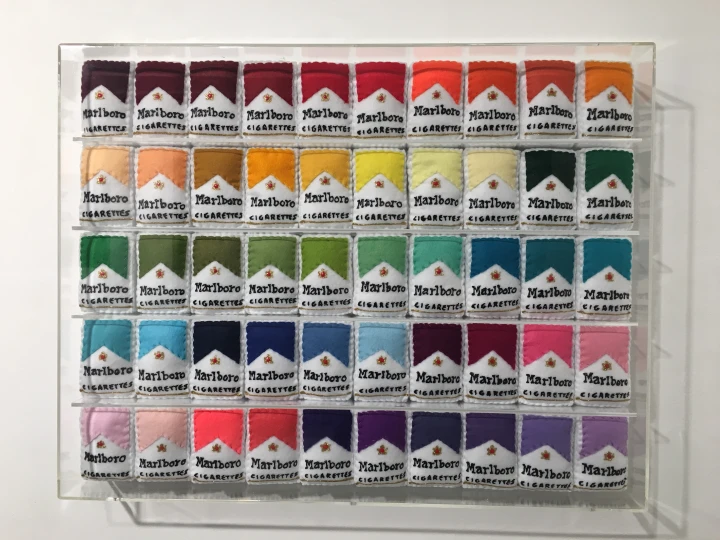
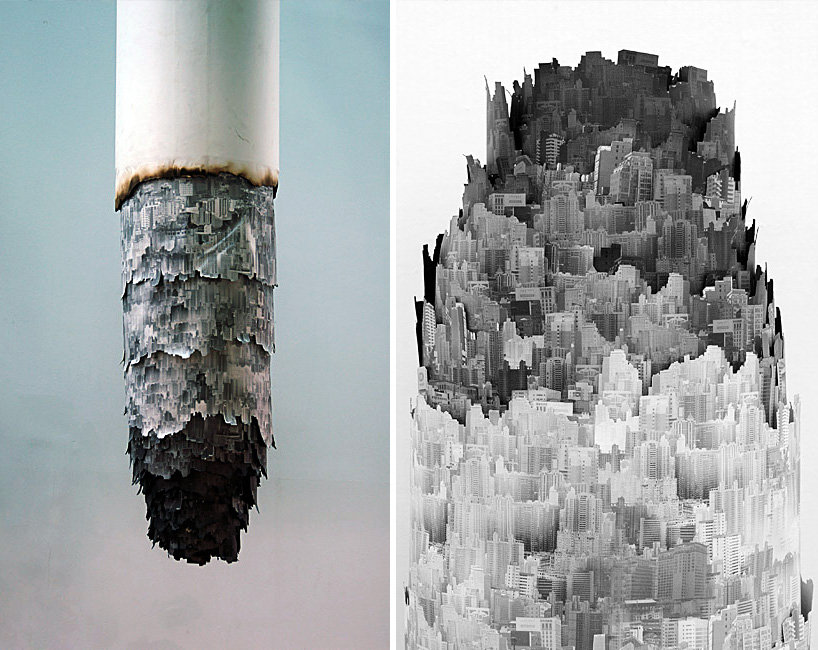
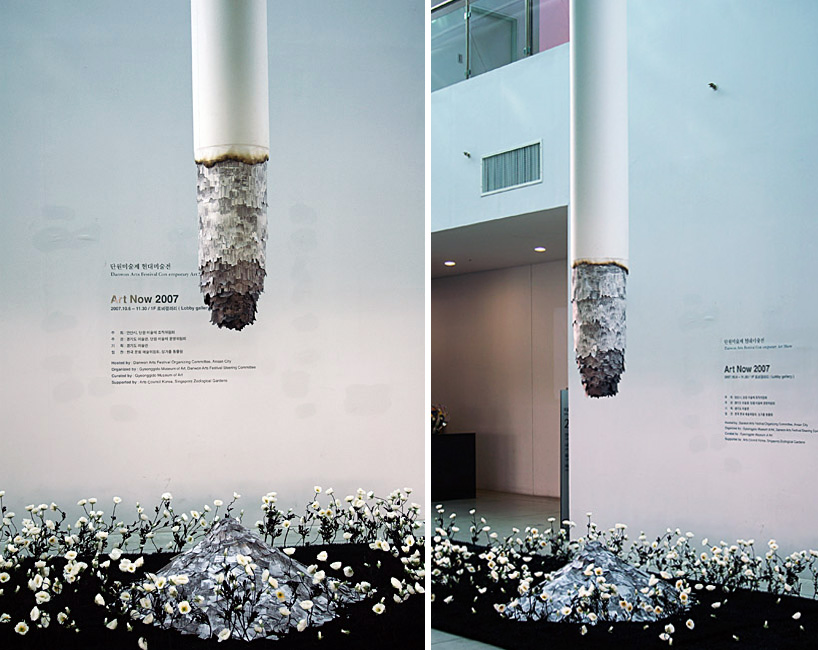
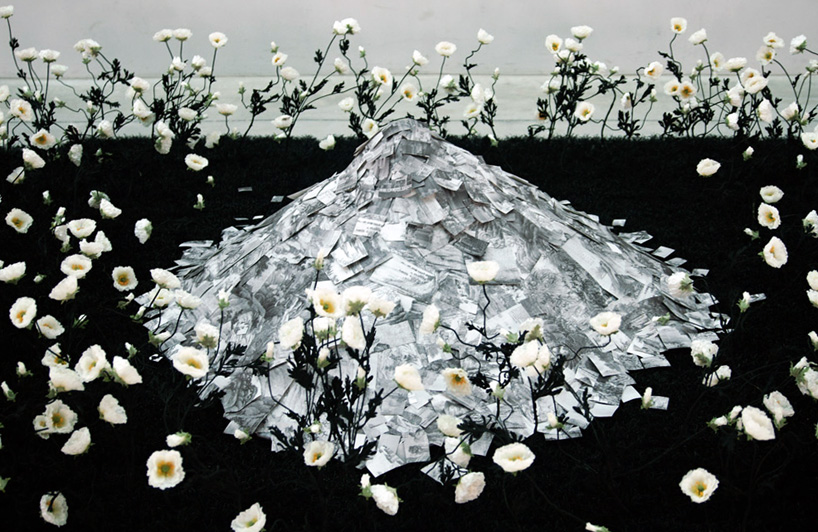
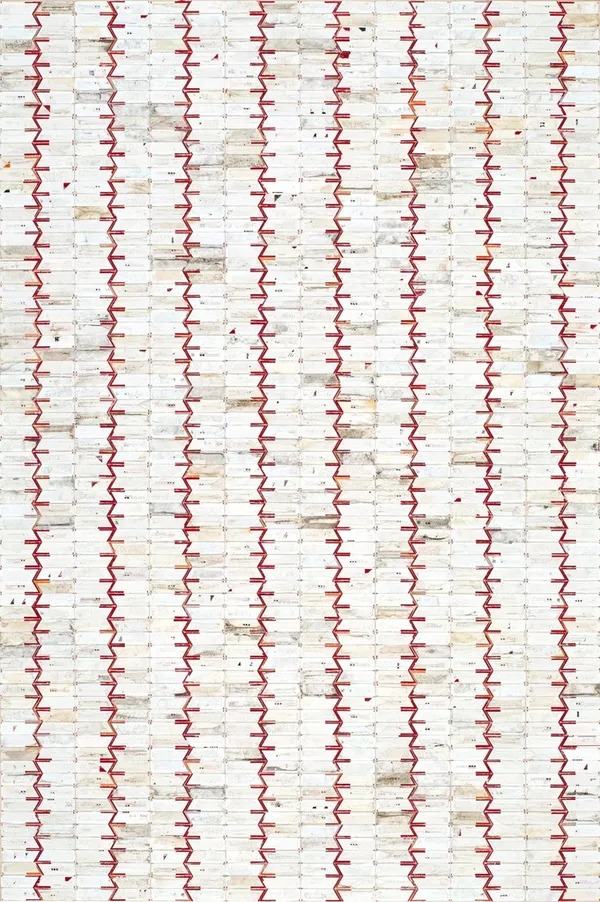

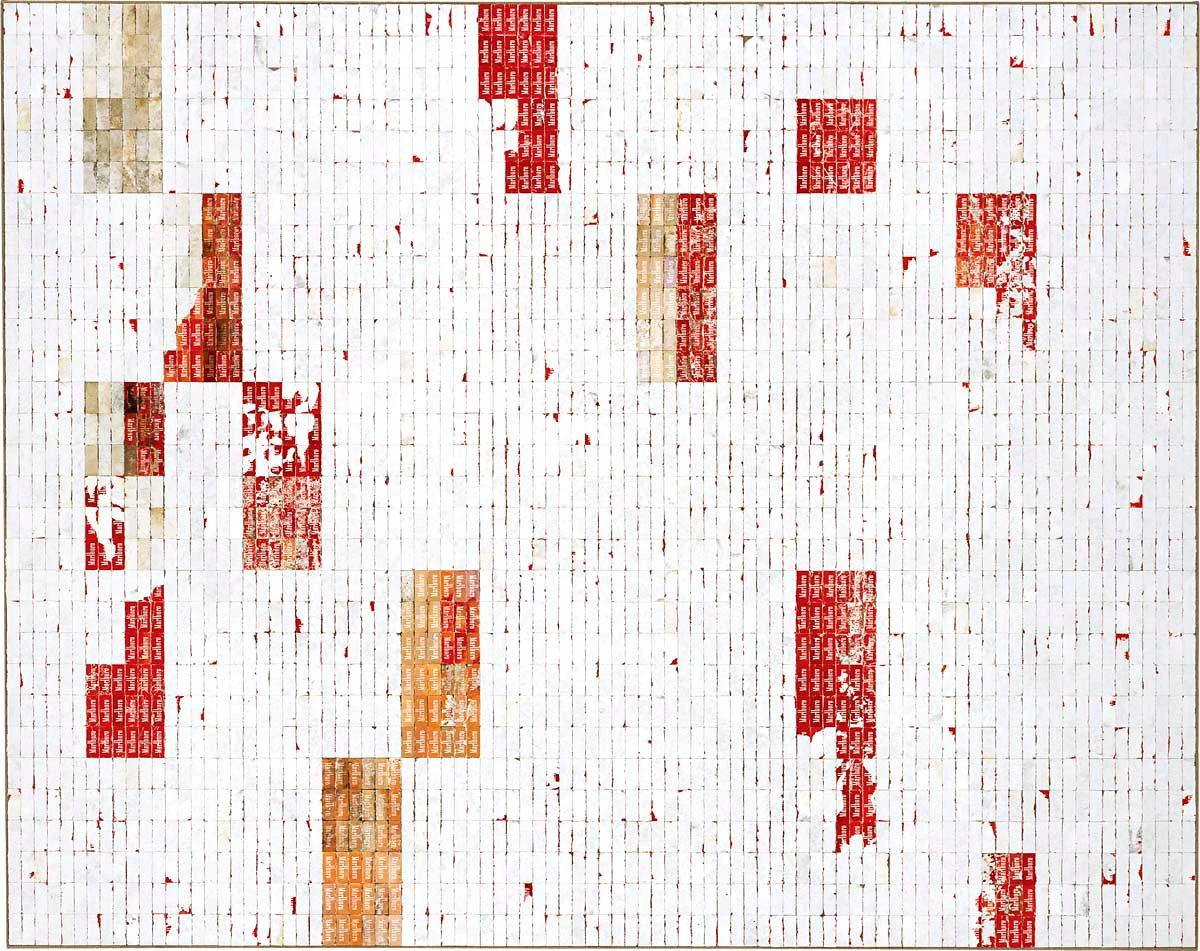
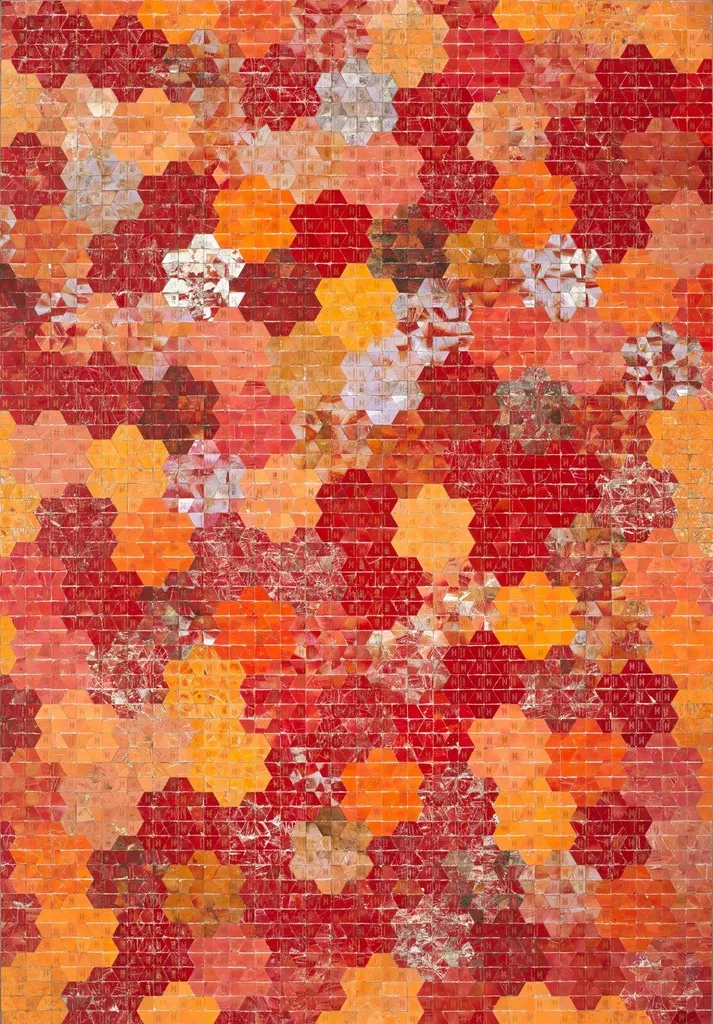
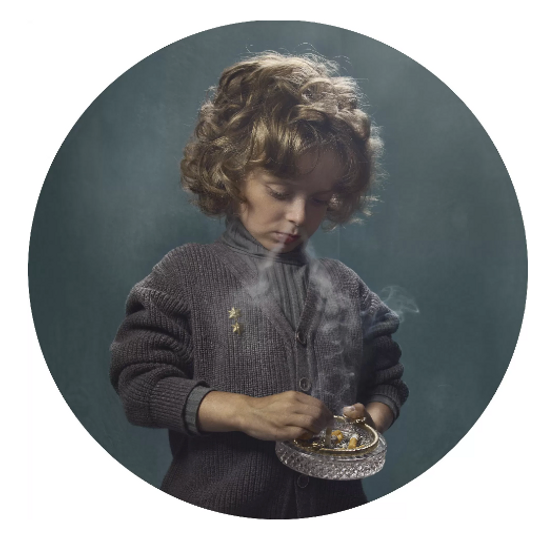
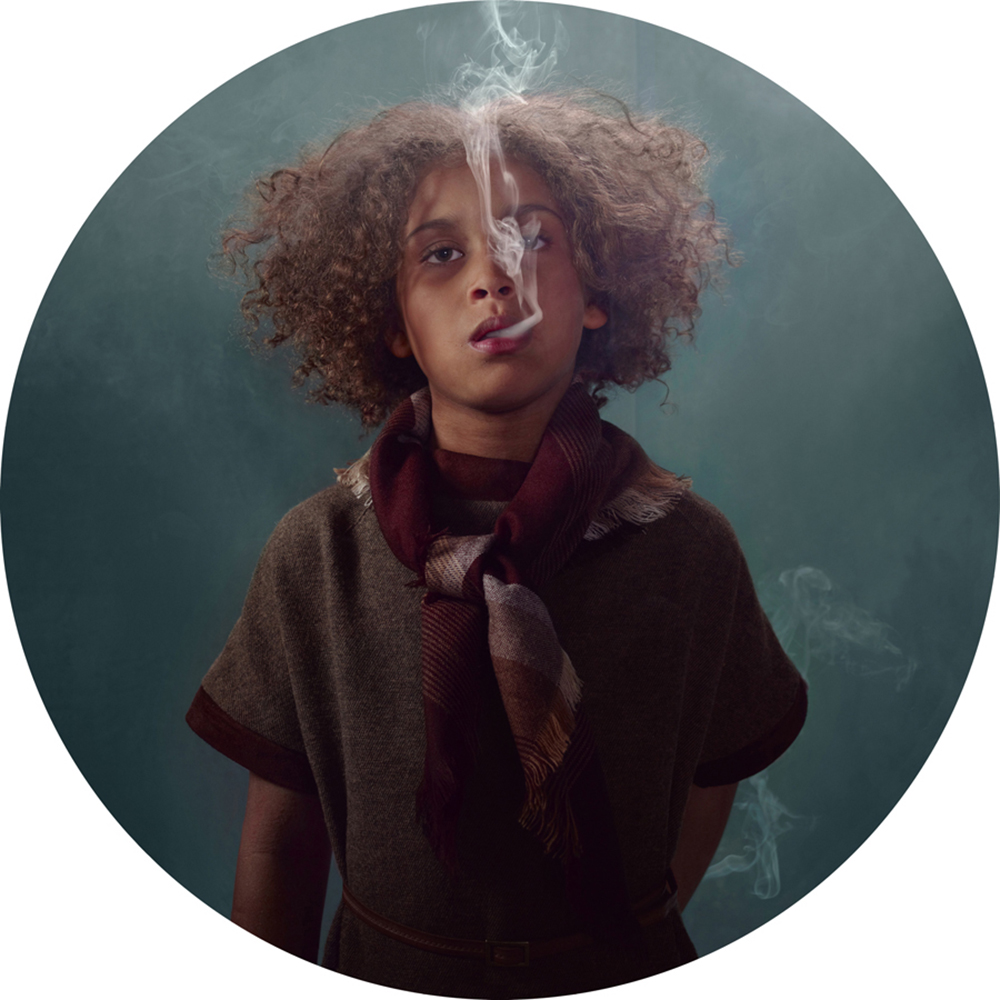
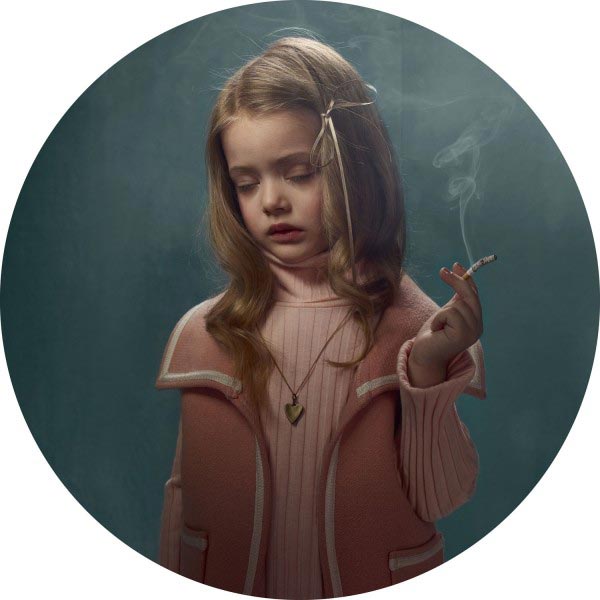
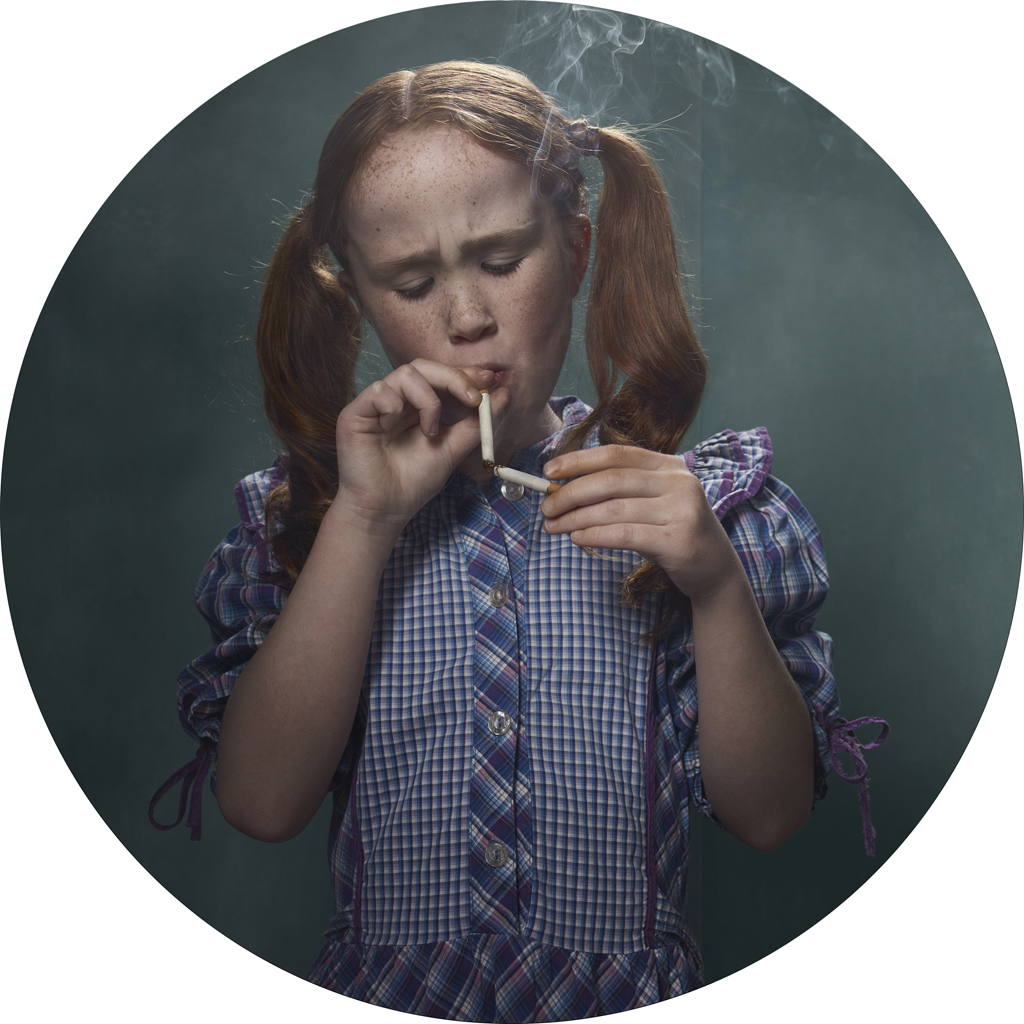
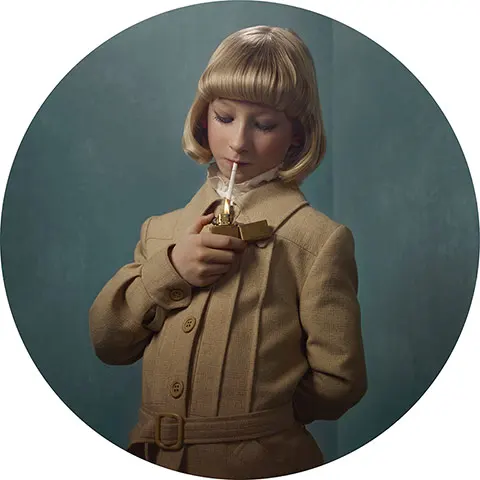
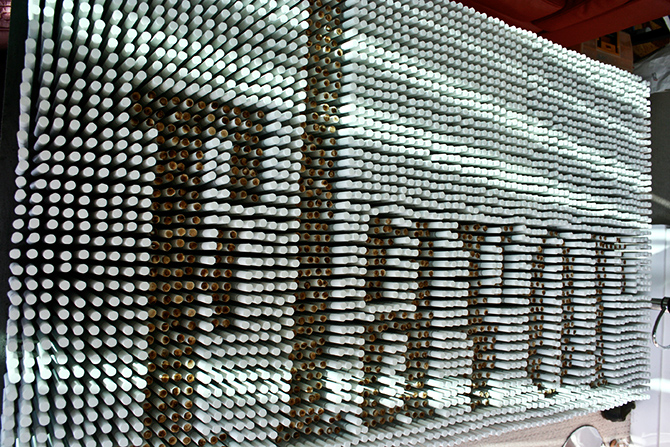
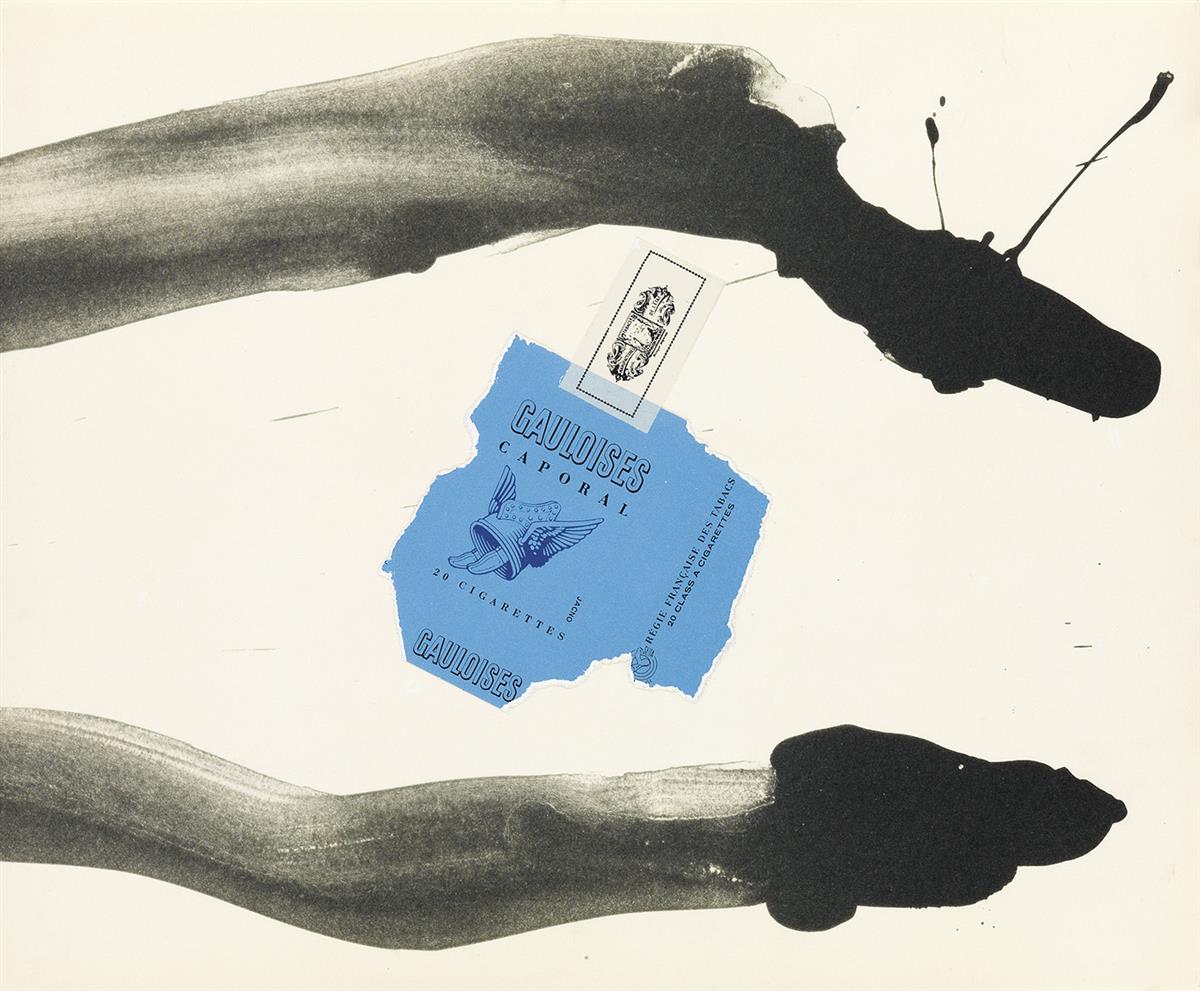
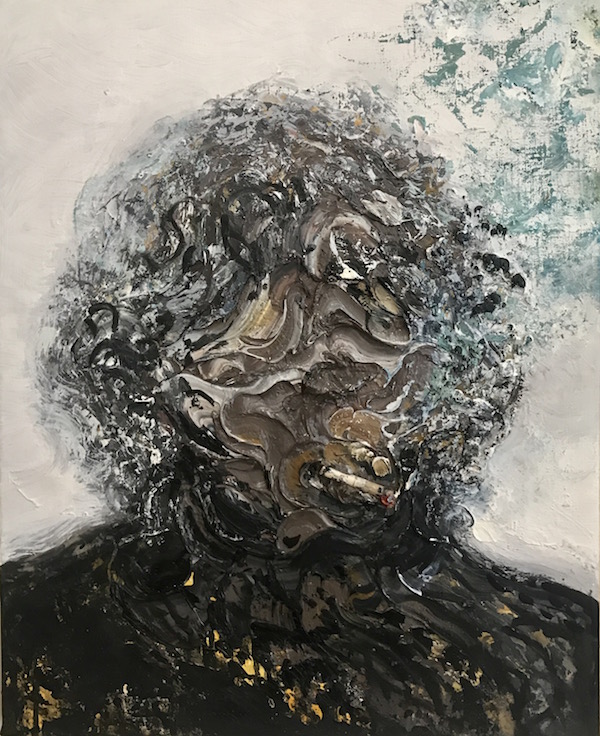
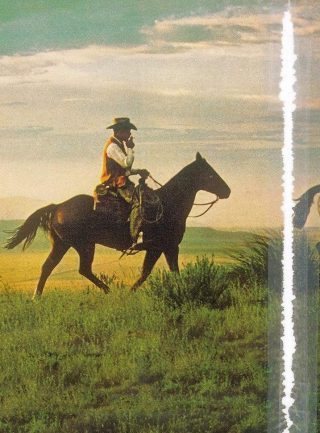
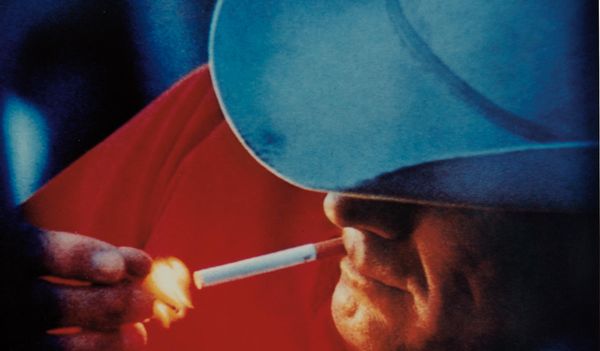
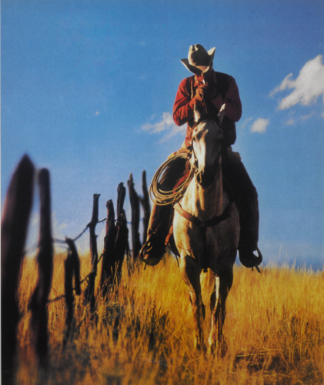
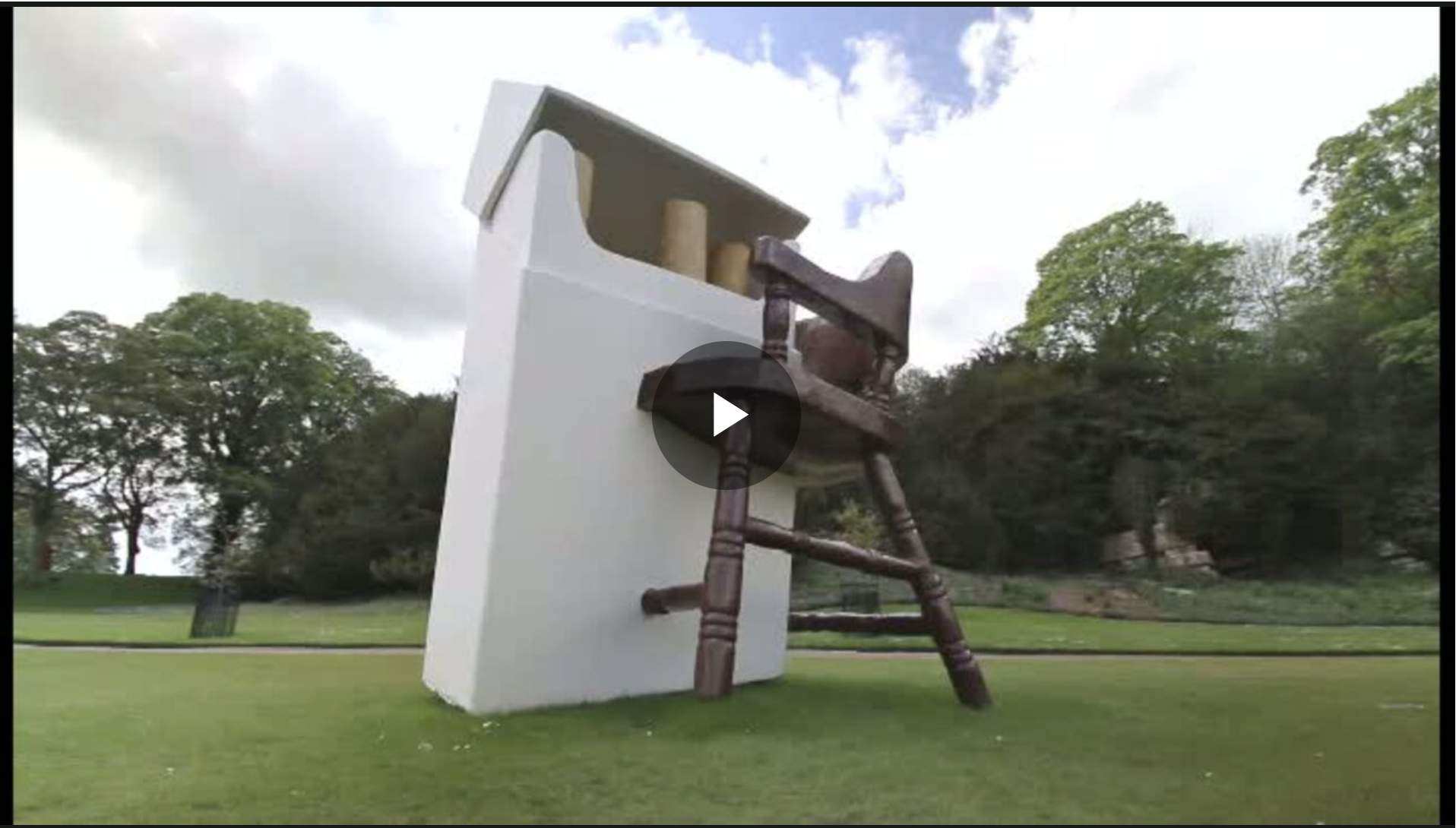
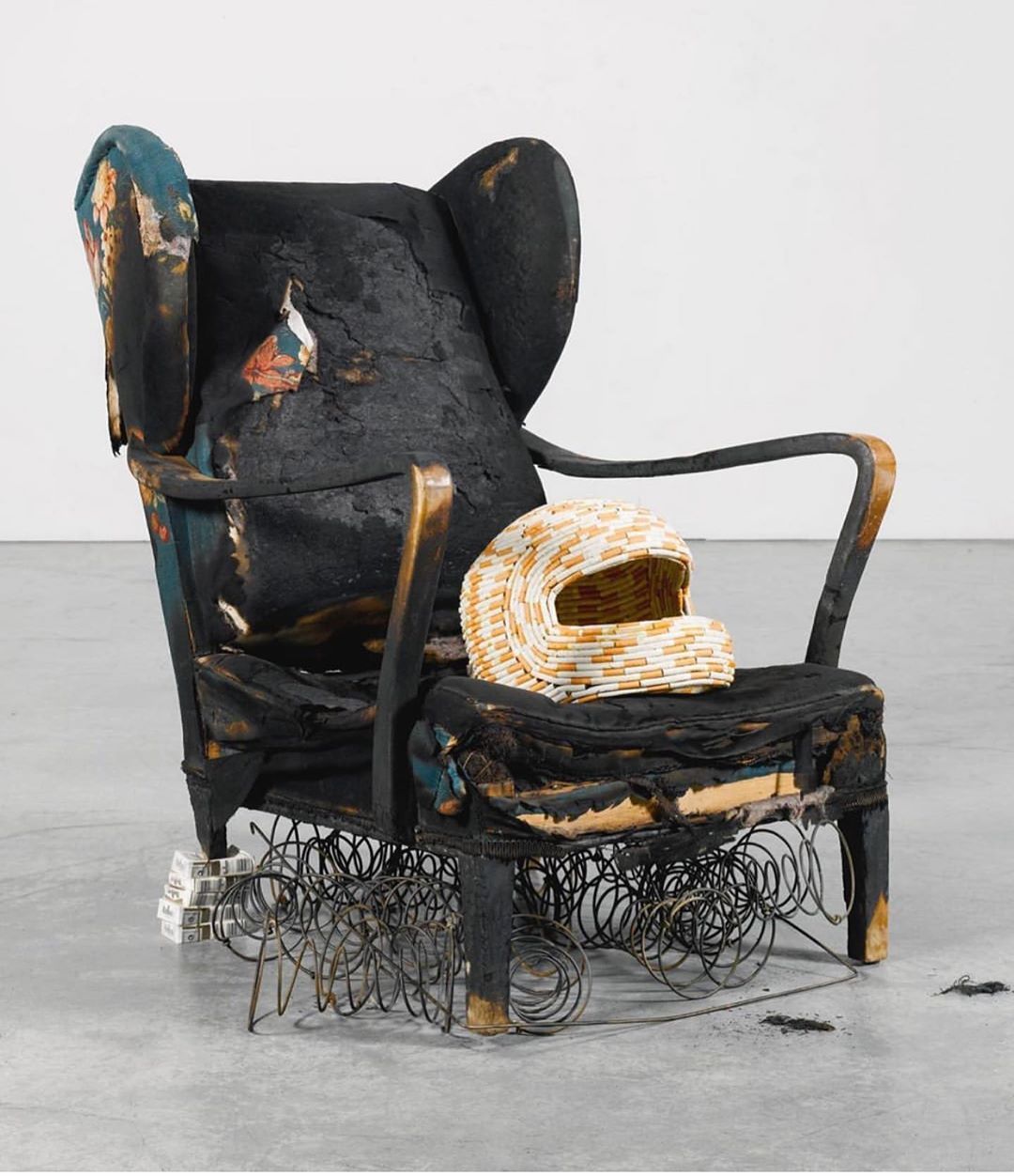
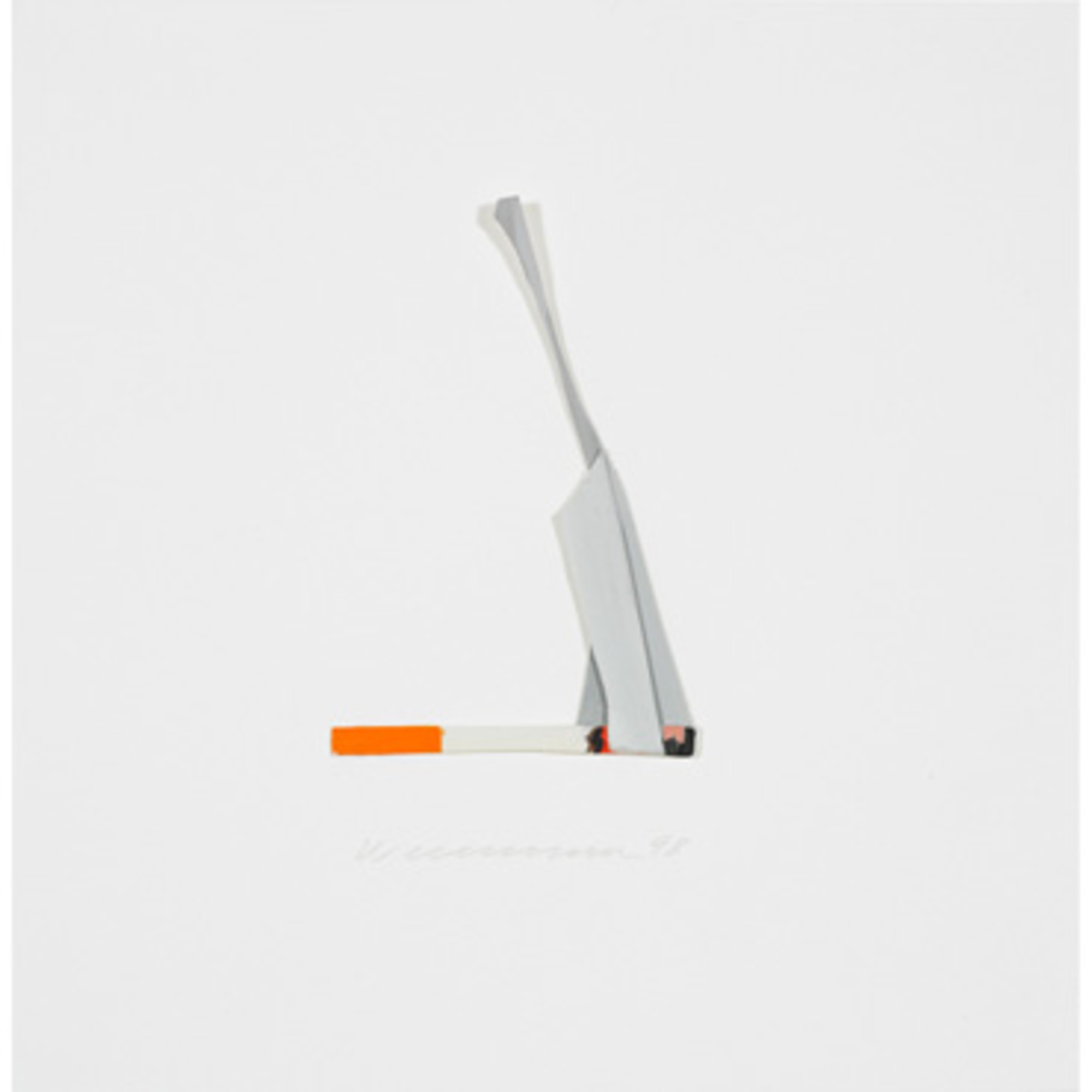
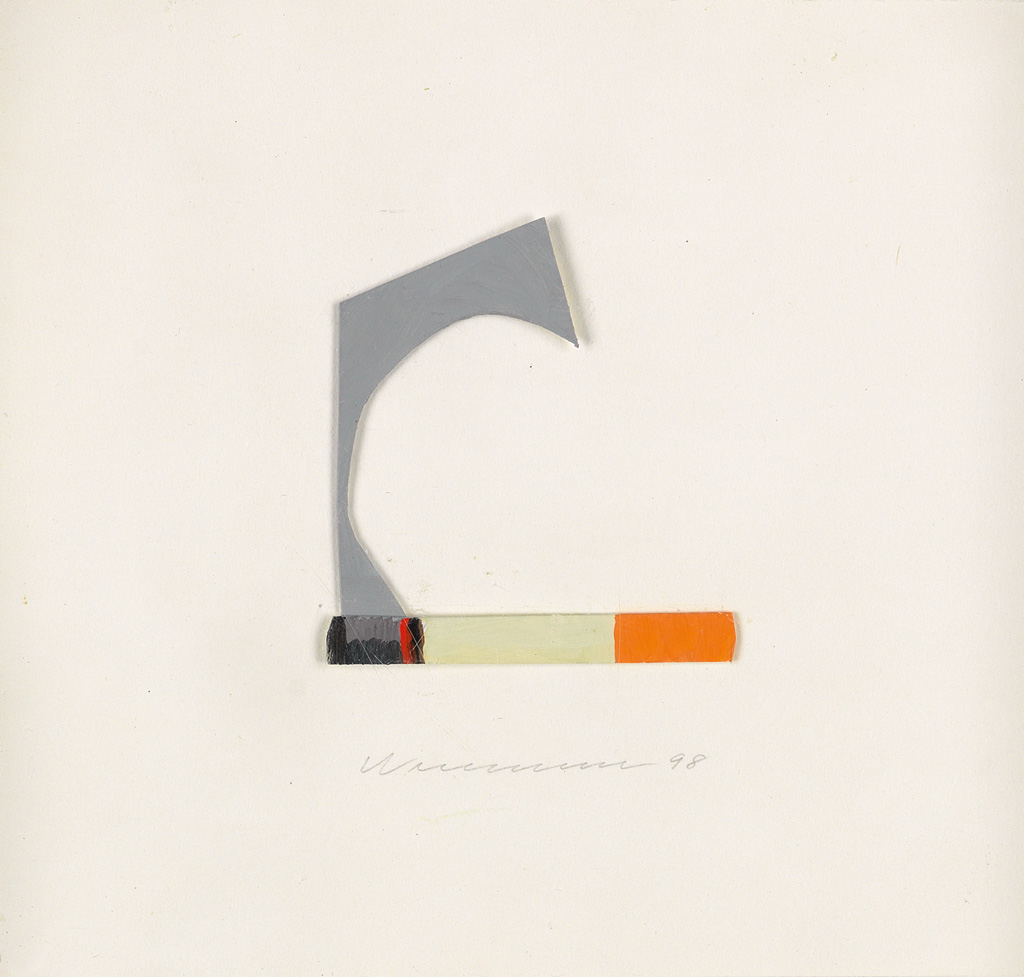
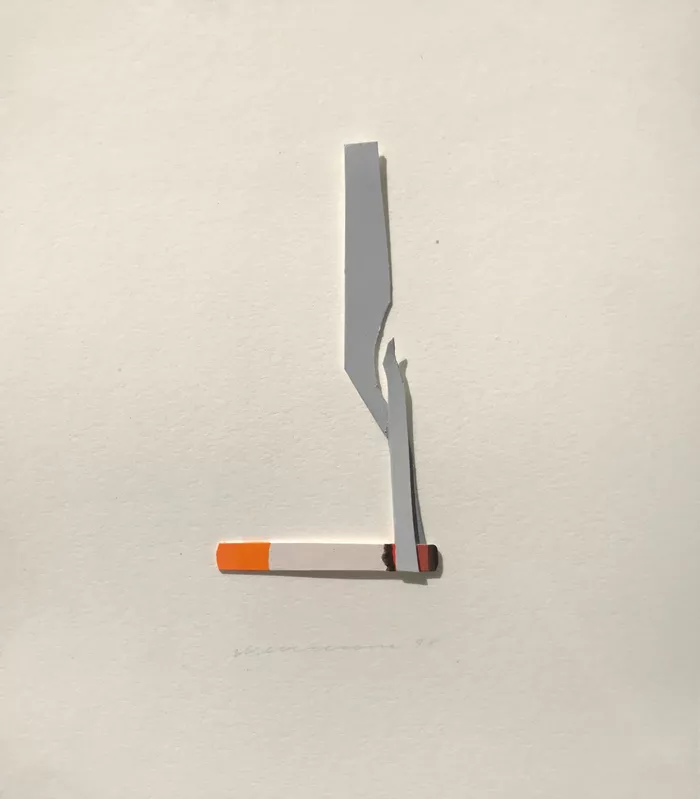
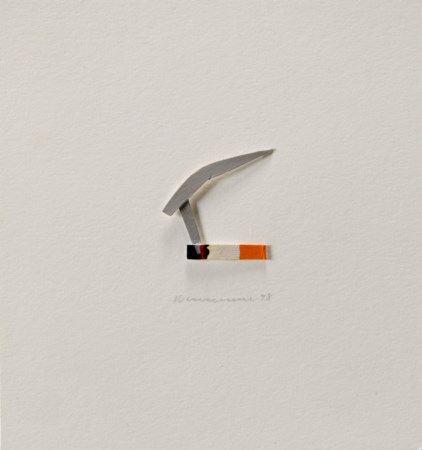
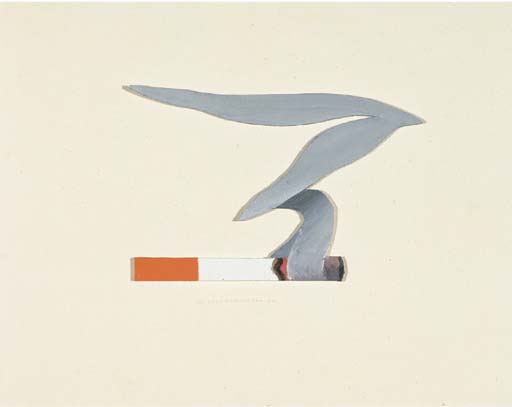
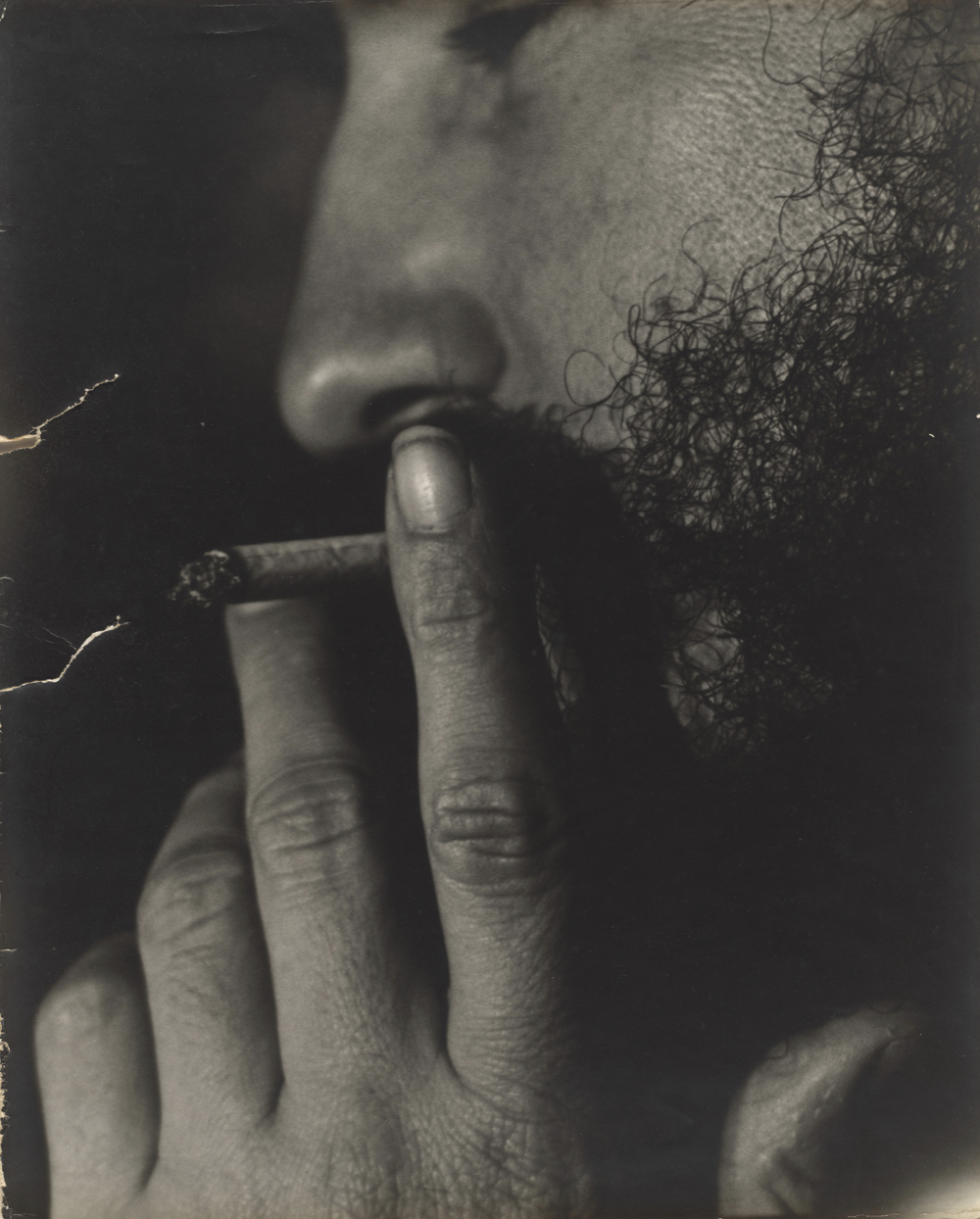
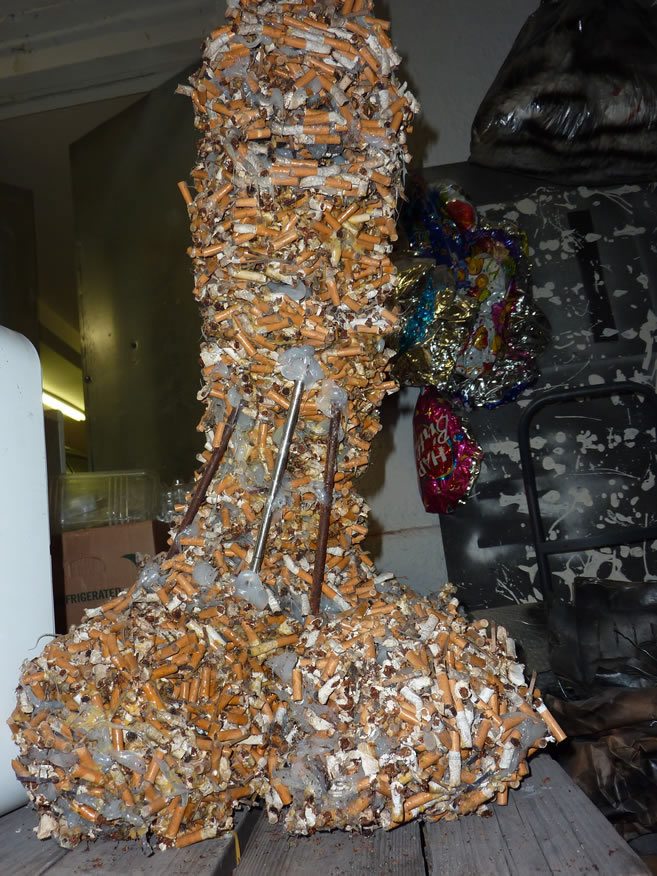

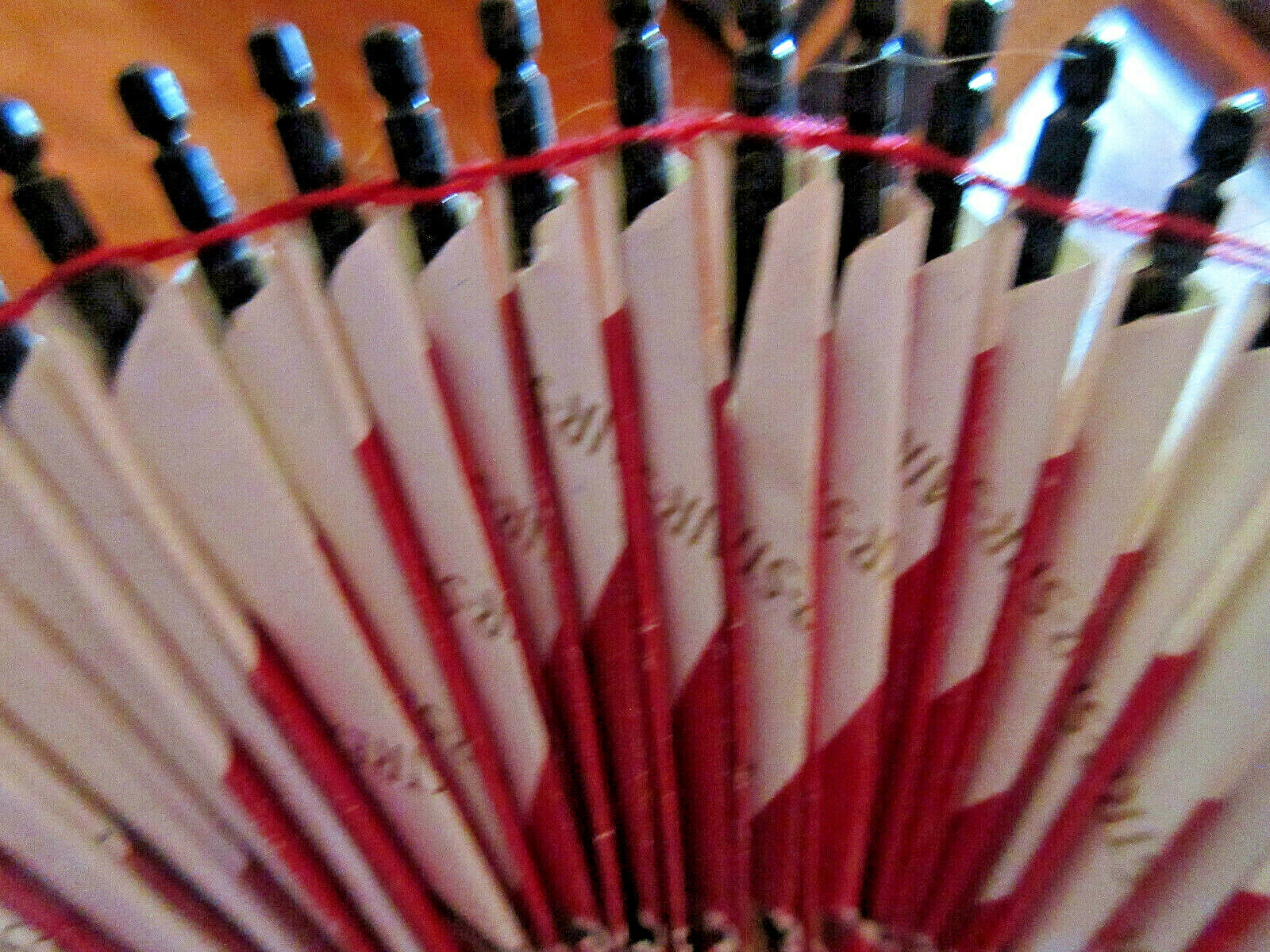
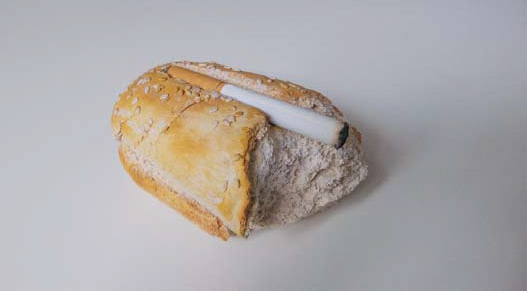
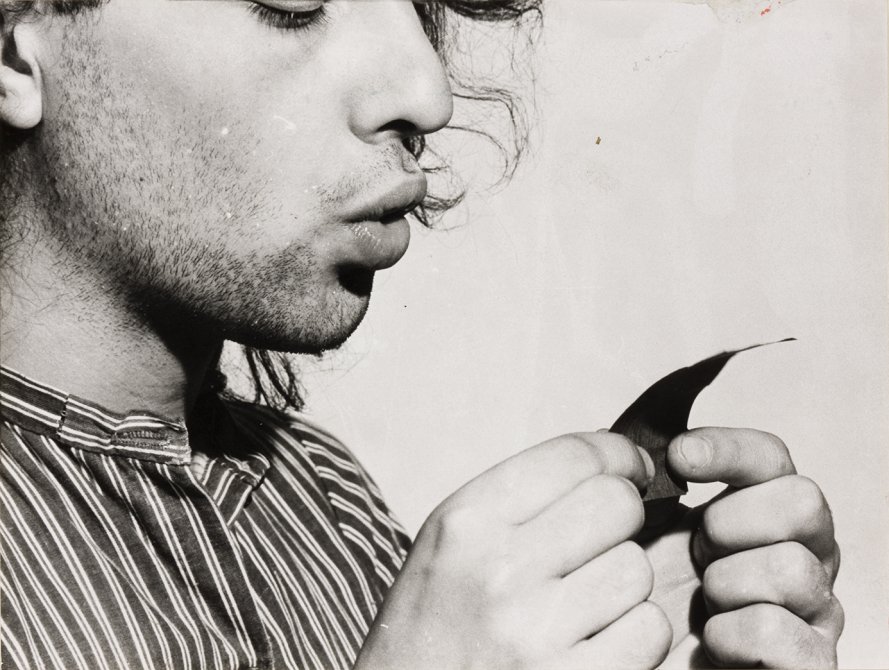
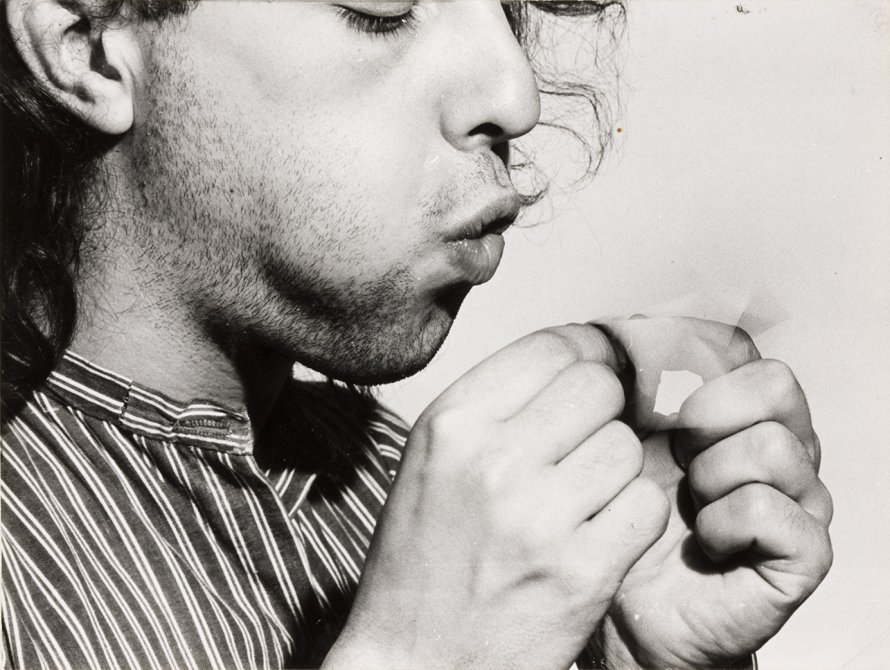
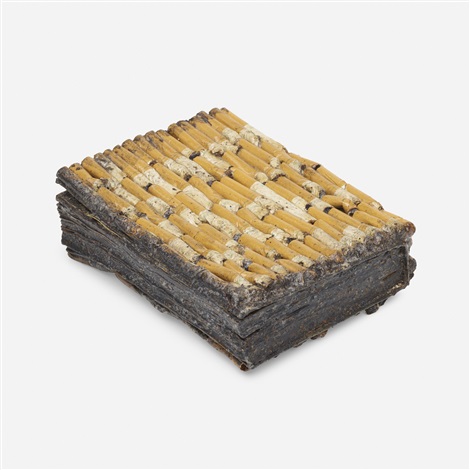
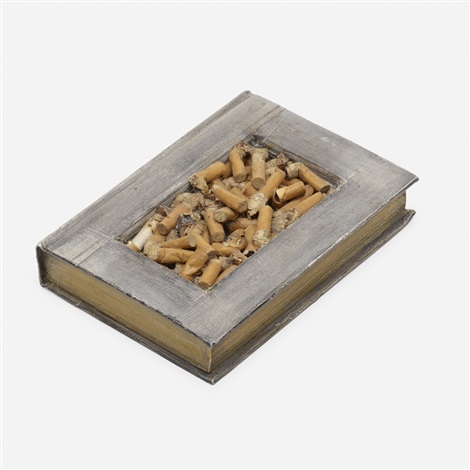
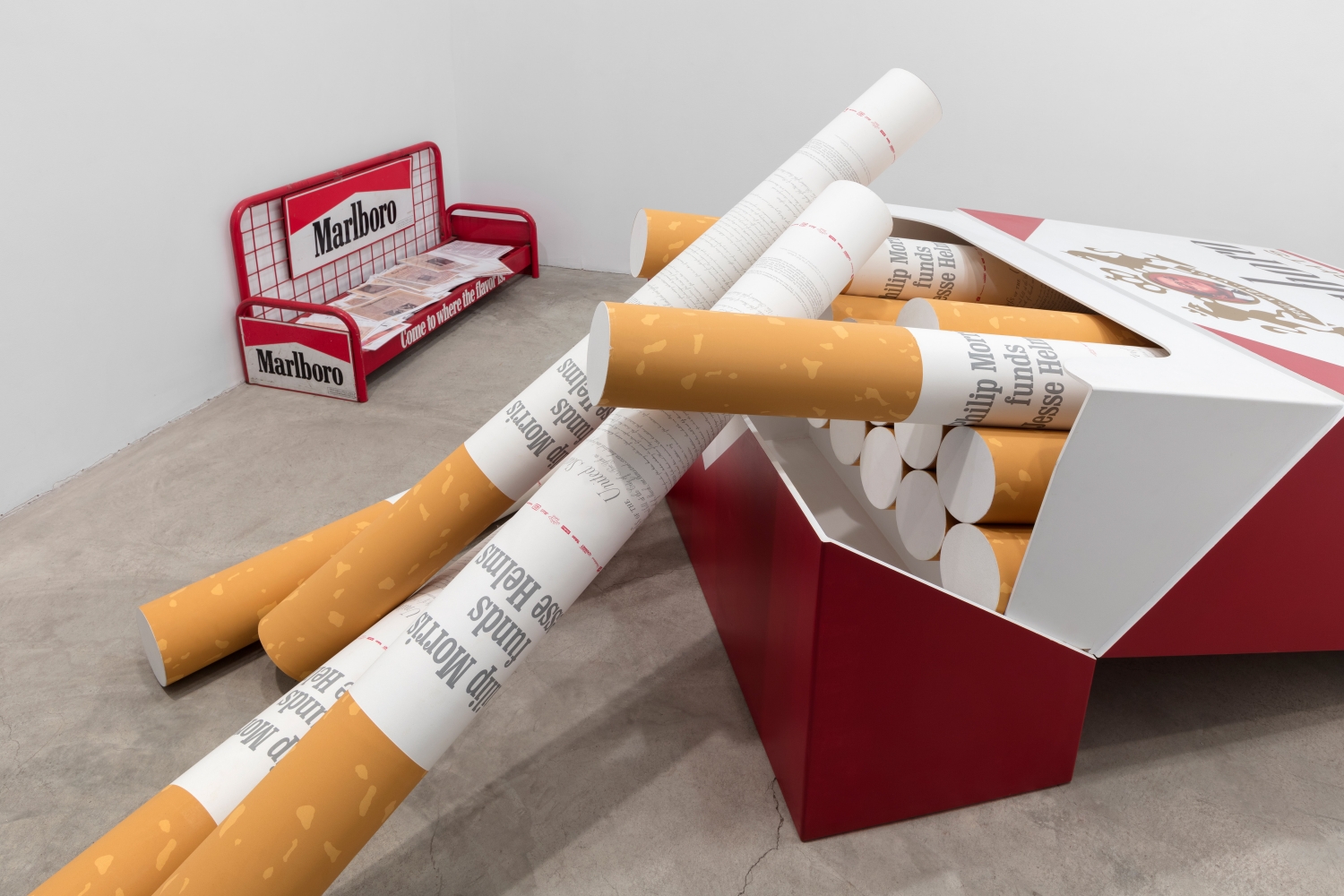
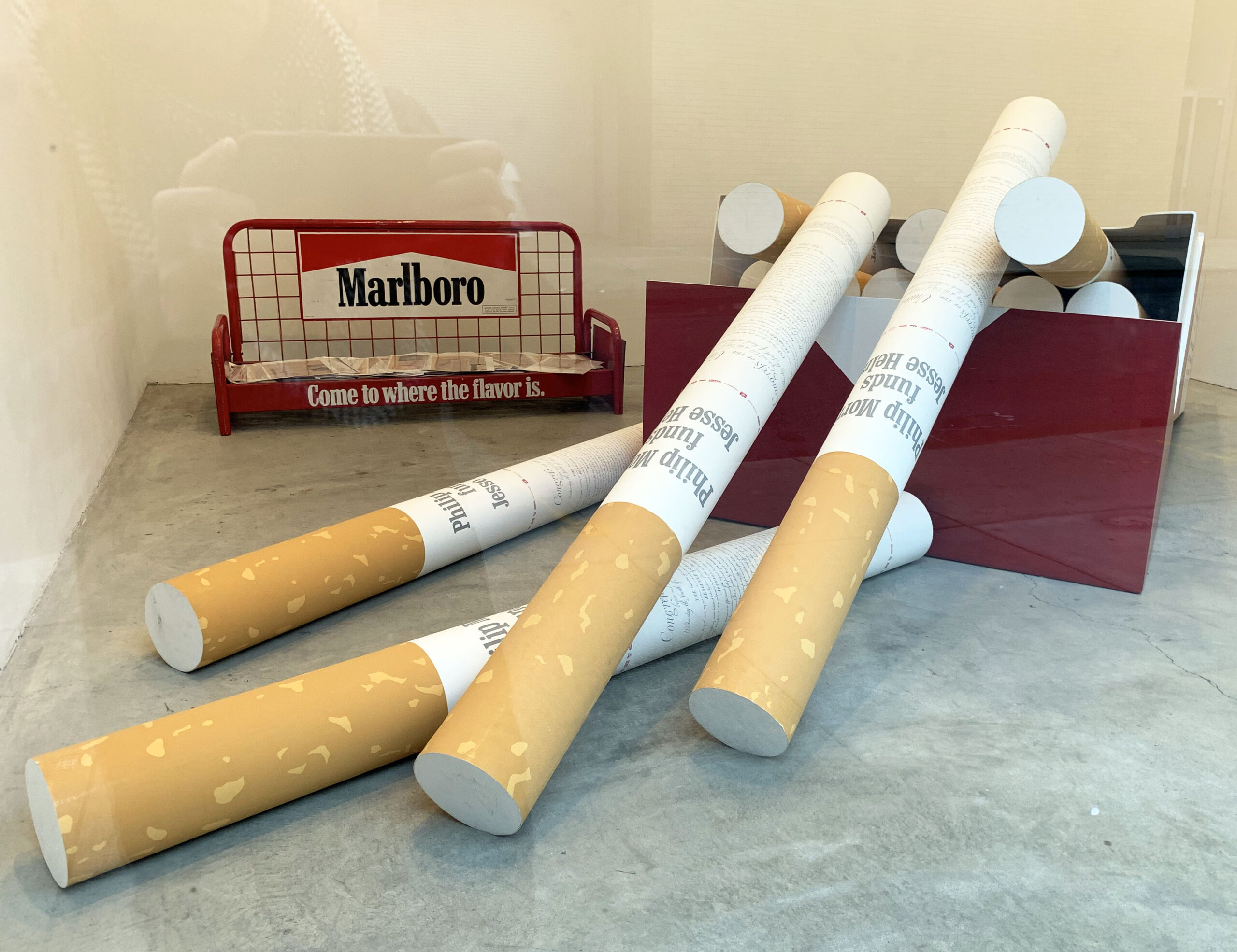
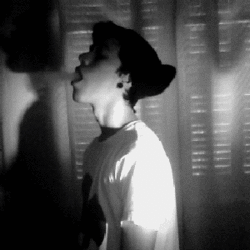
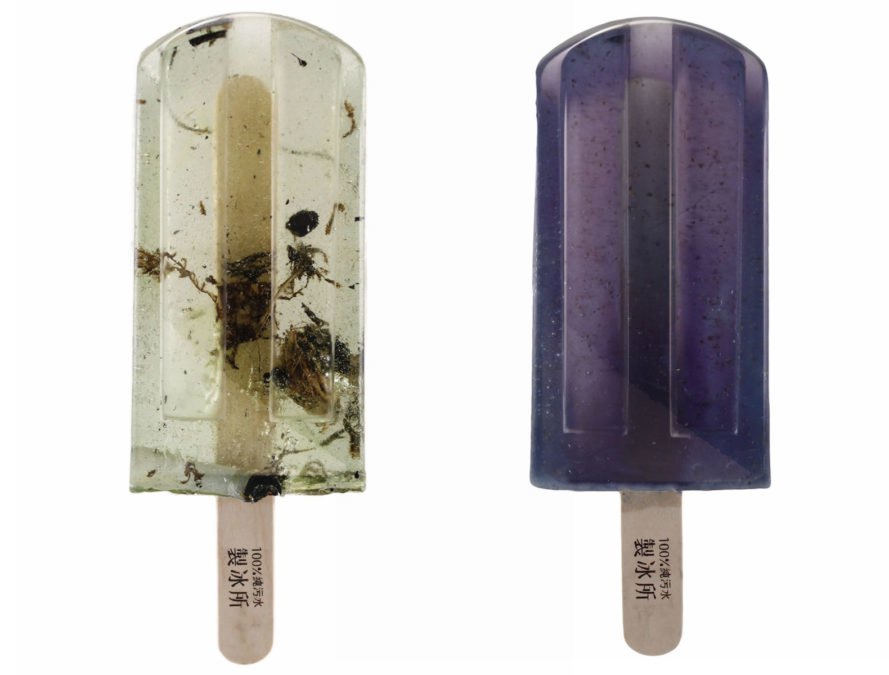

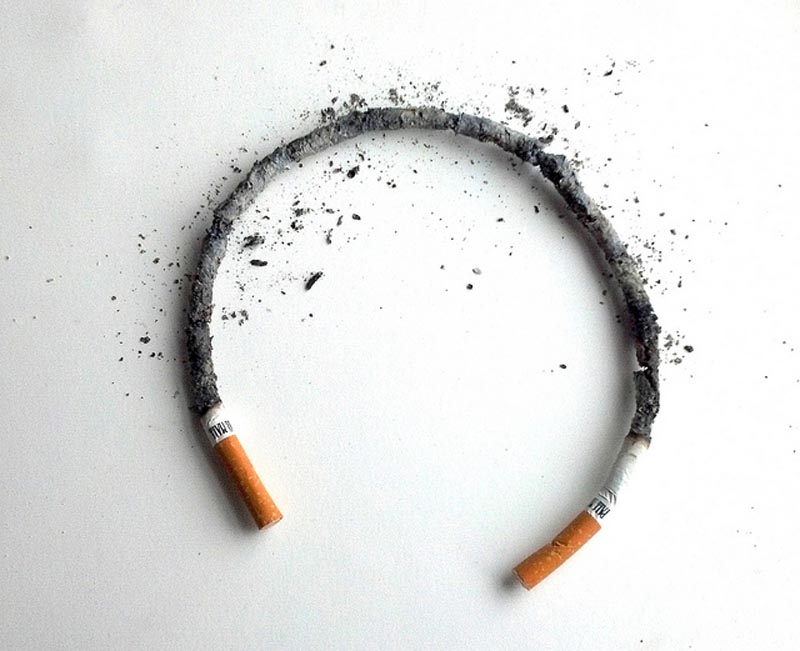
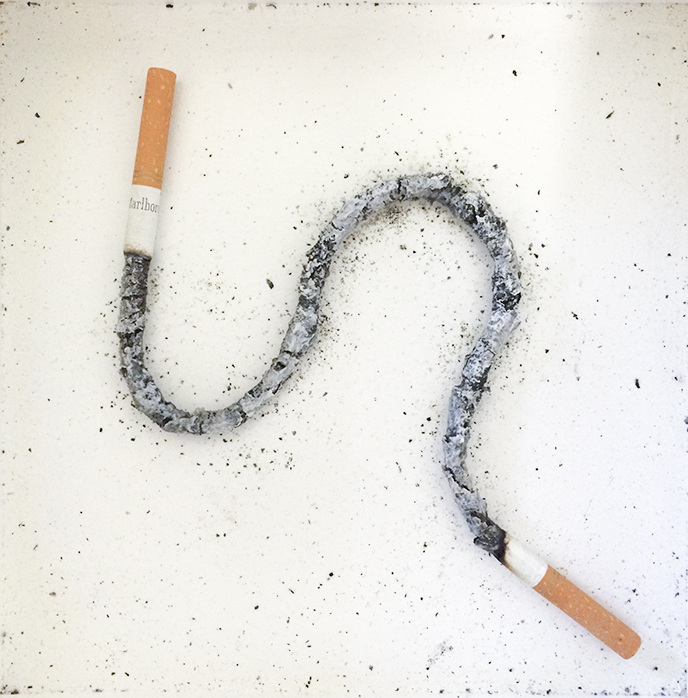
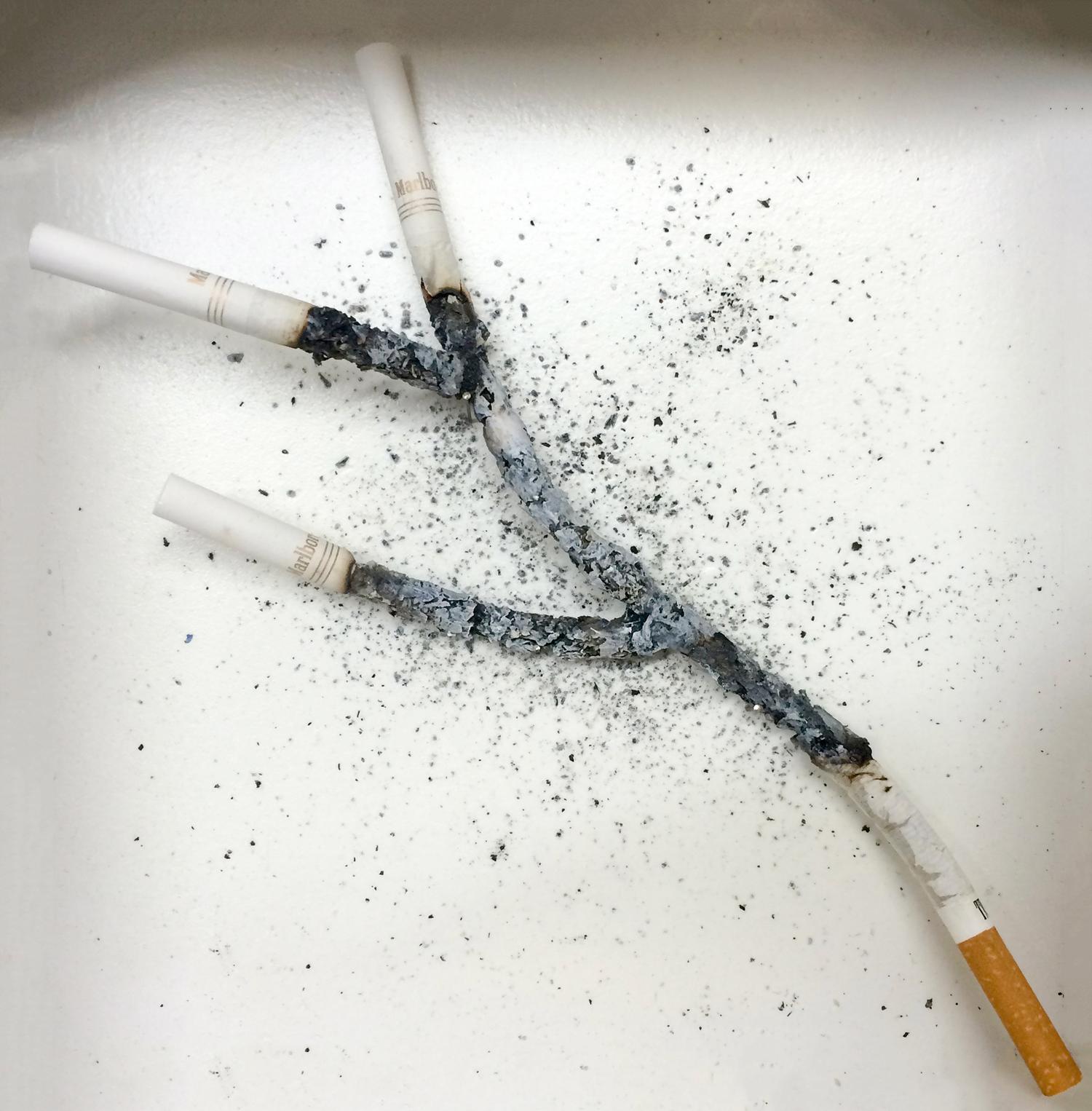
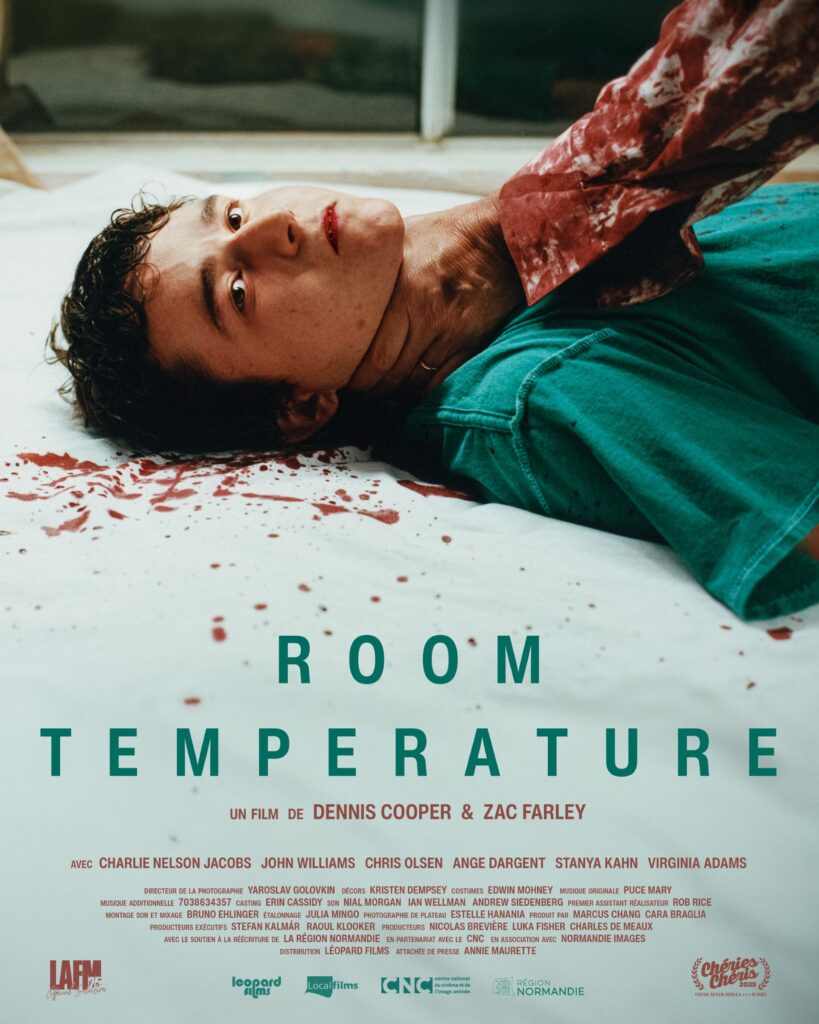

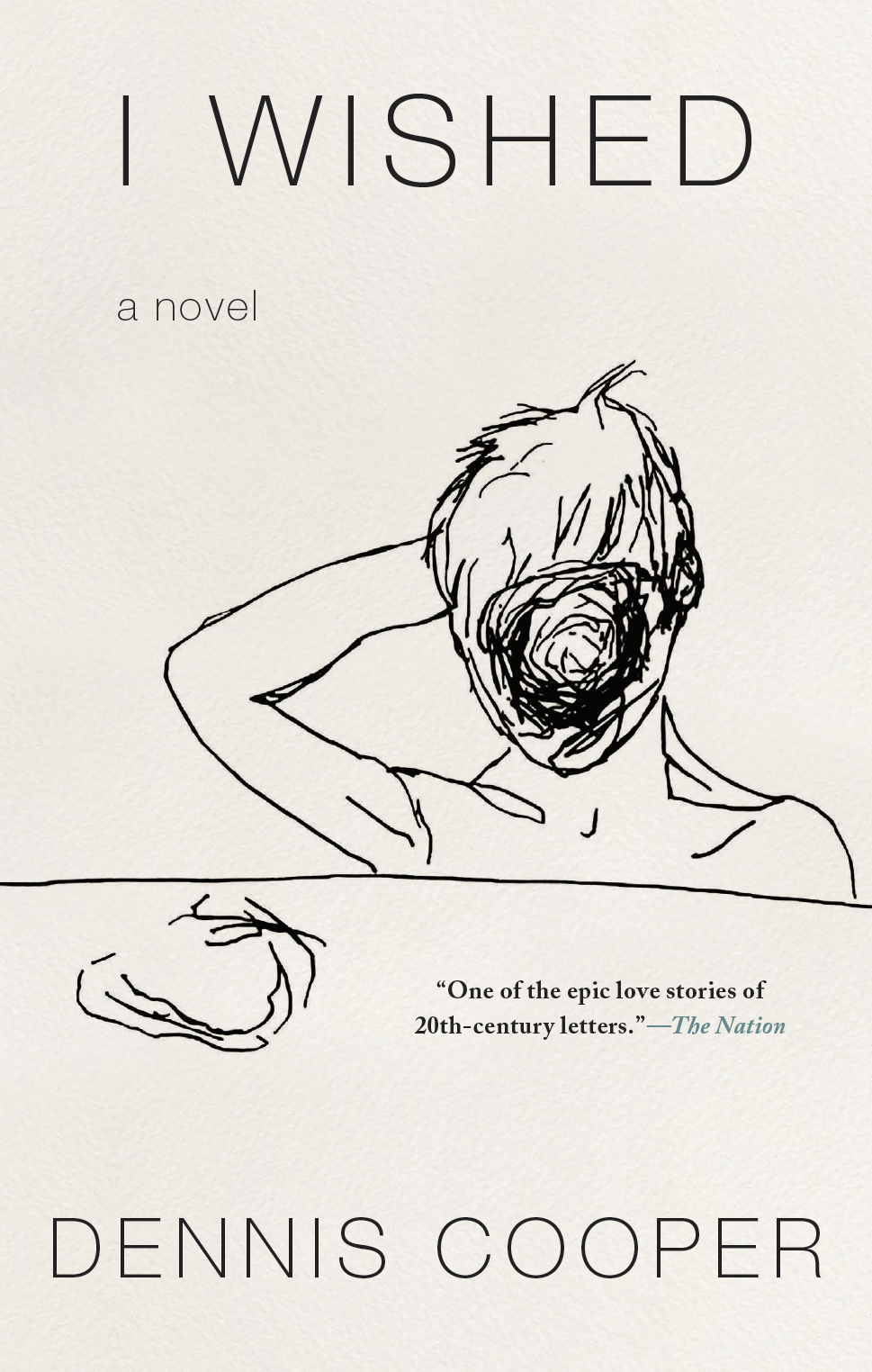
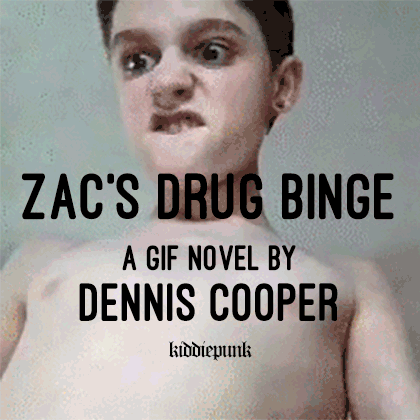
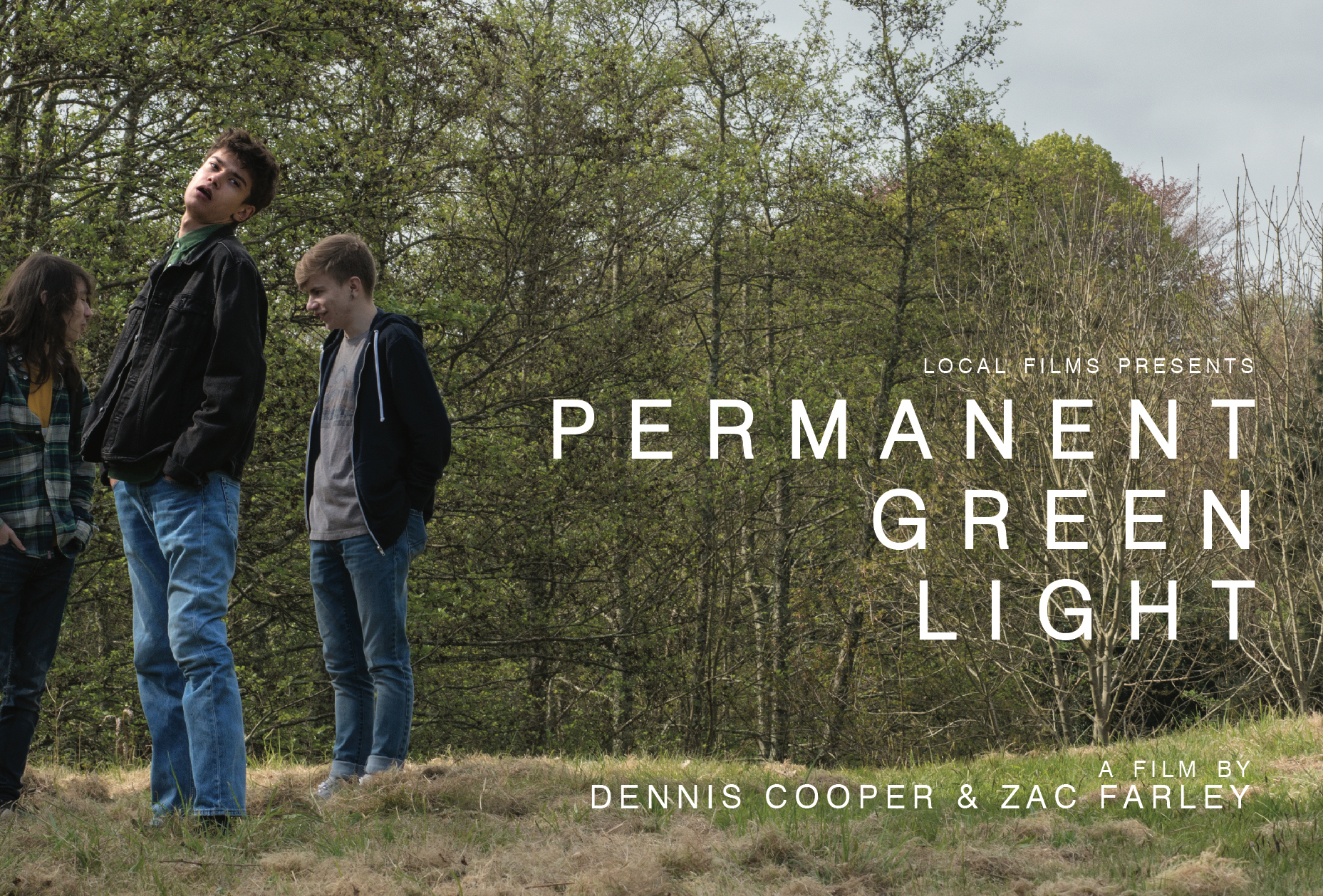 Now available in North America
Now available in North America 